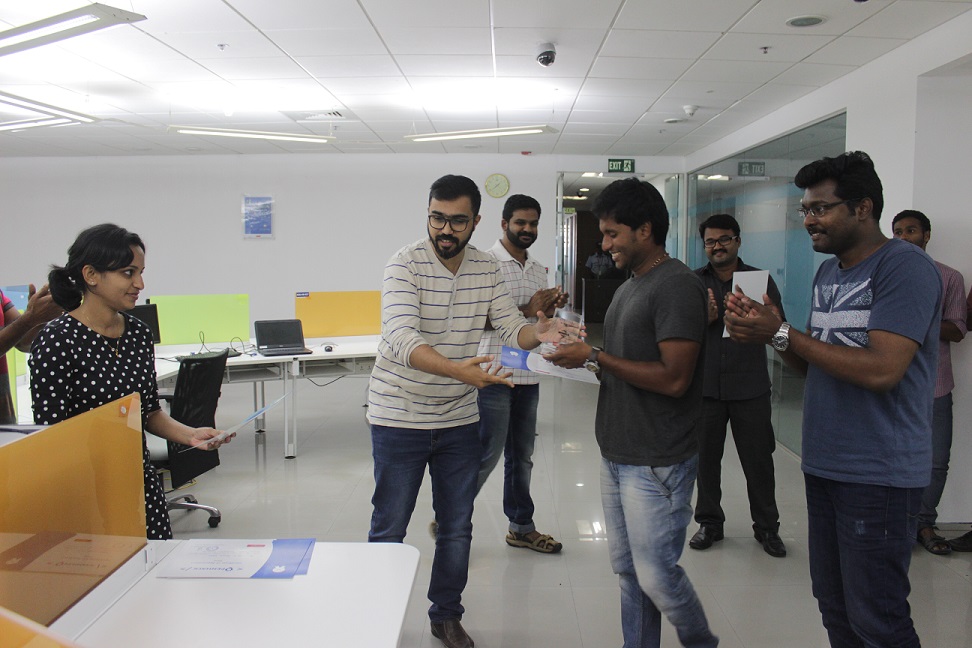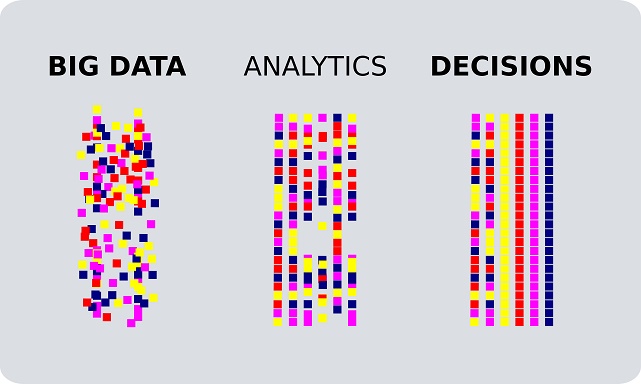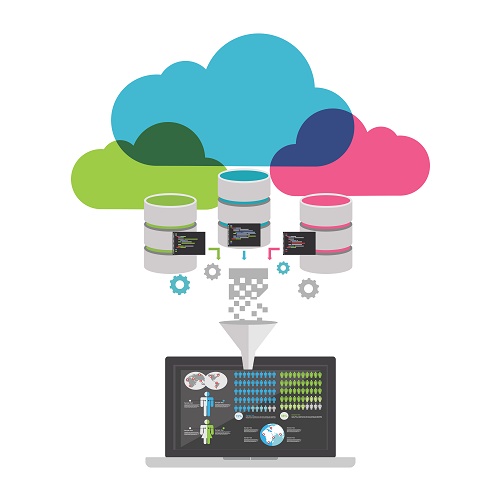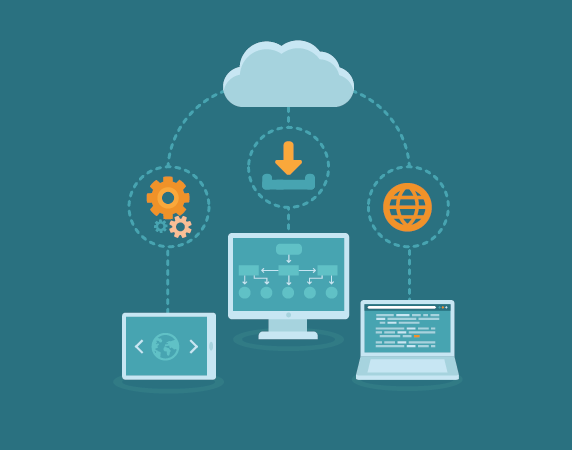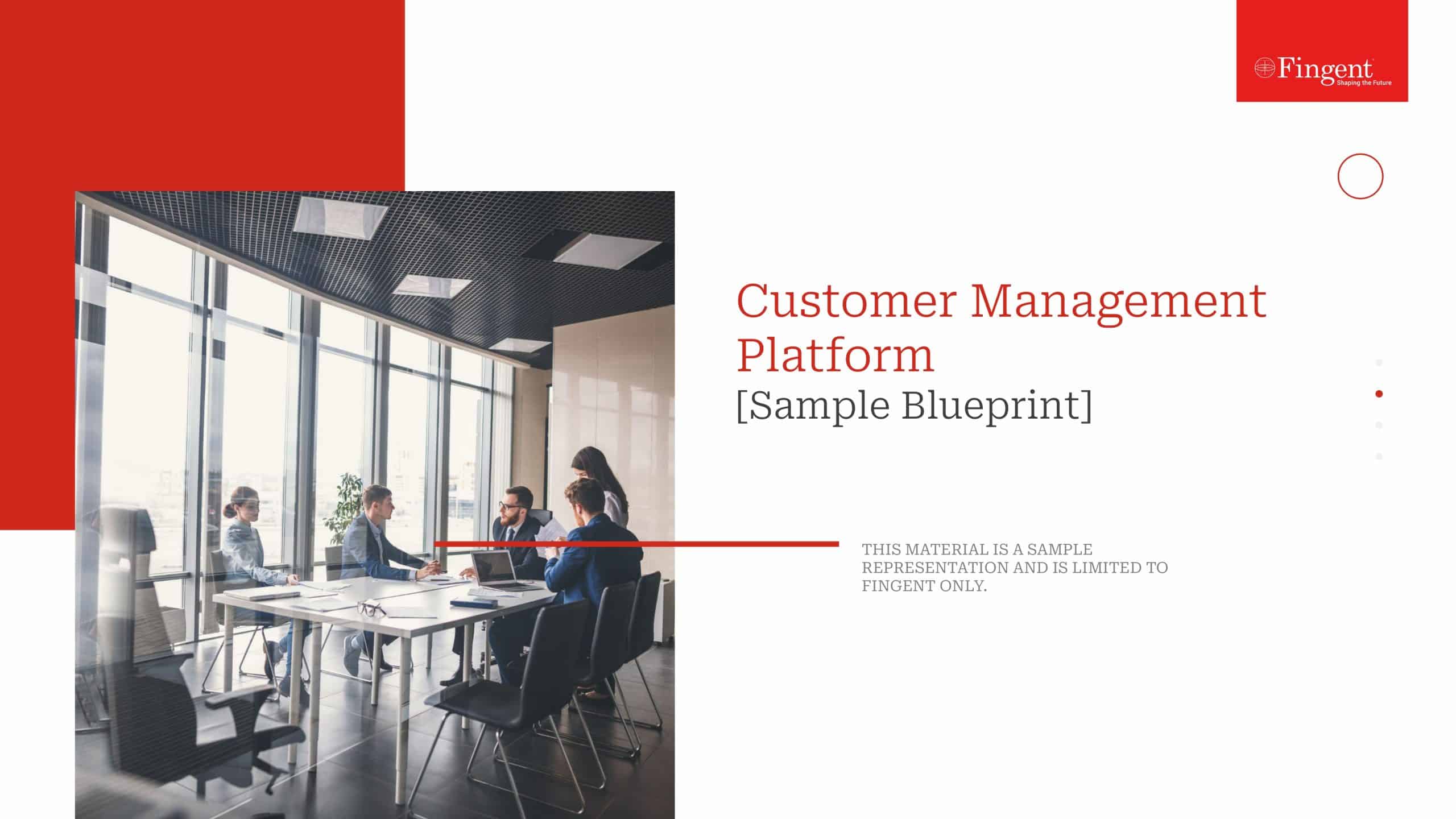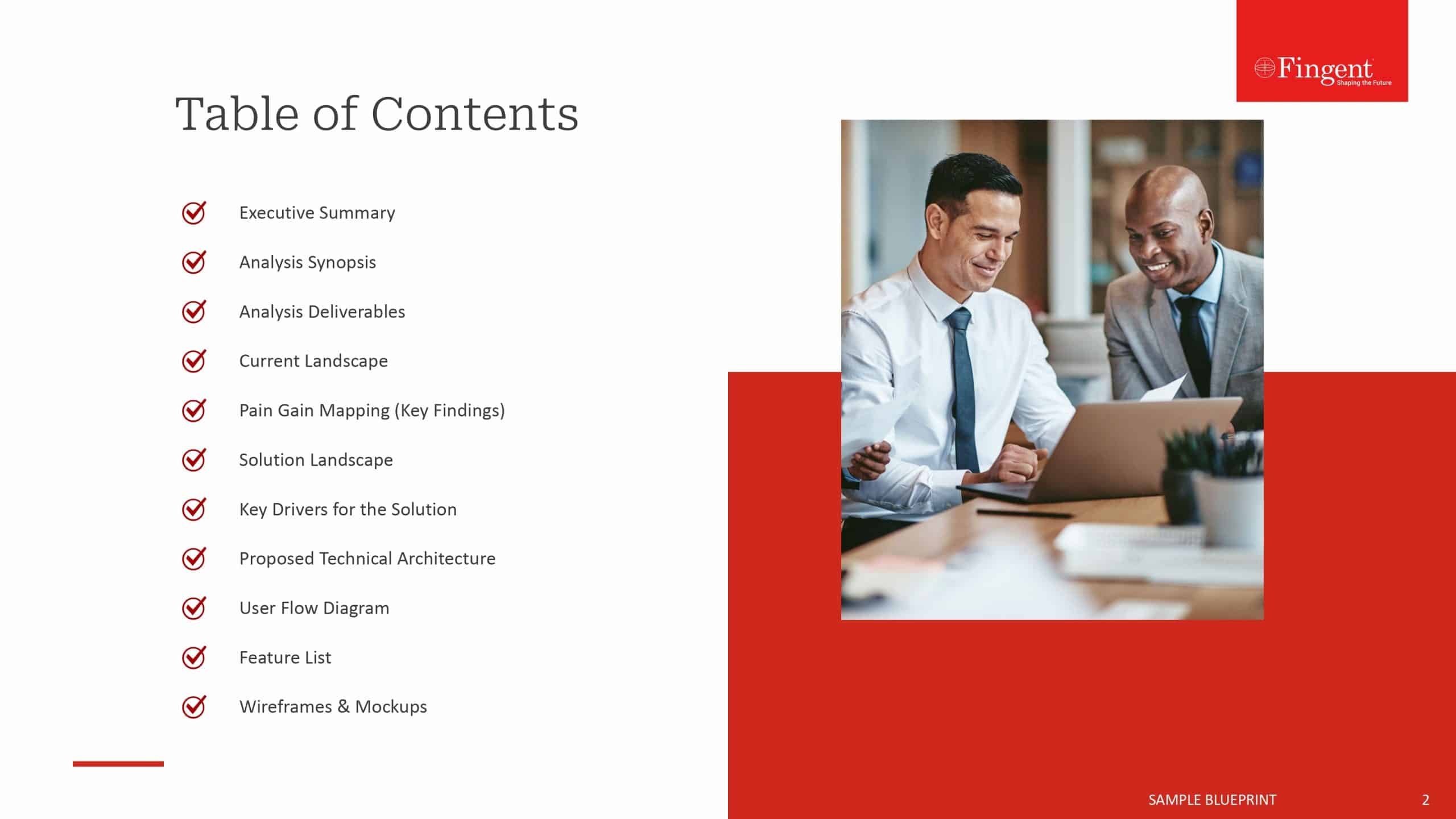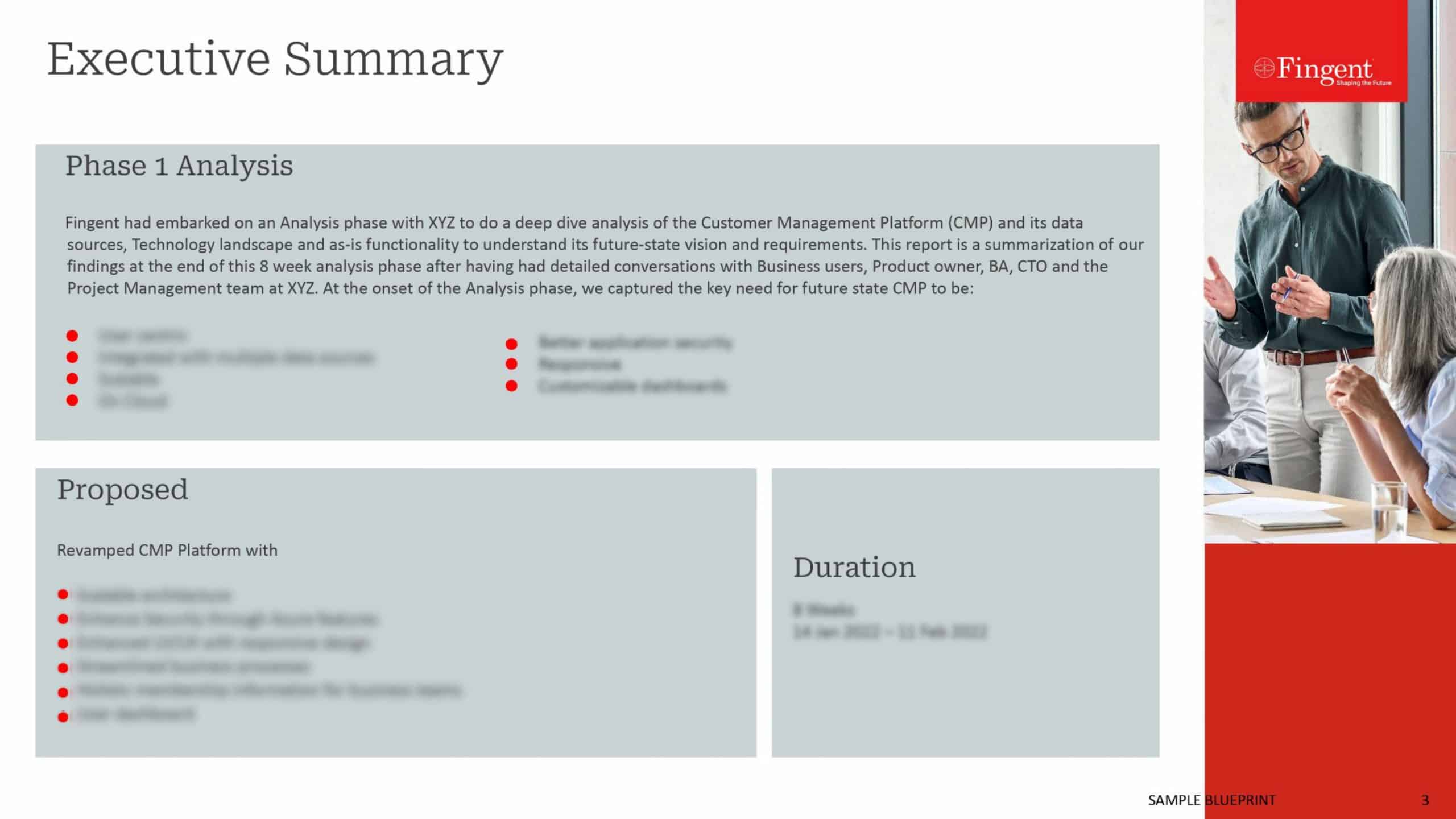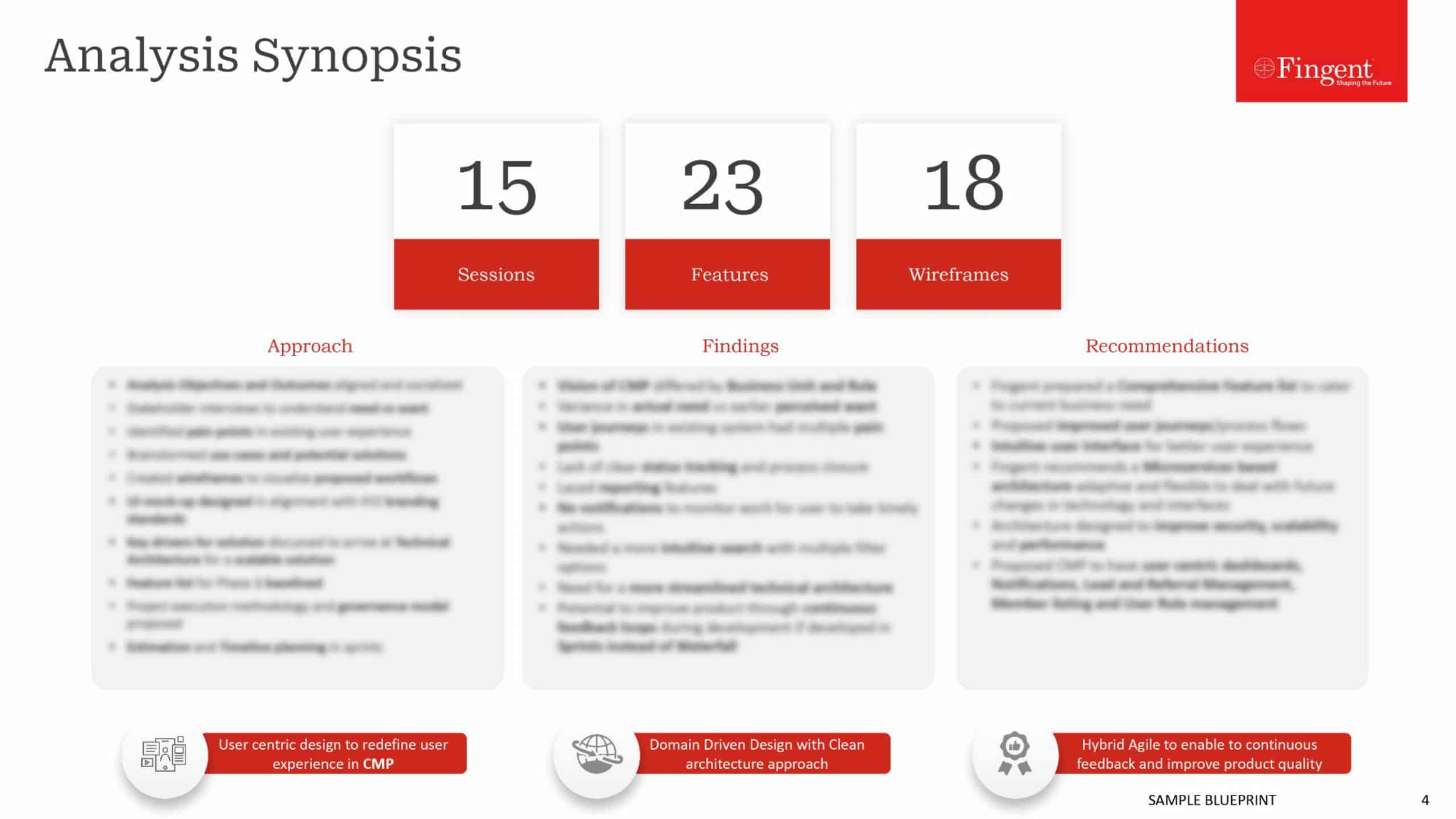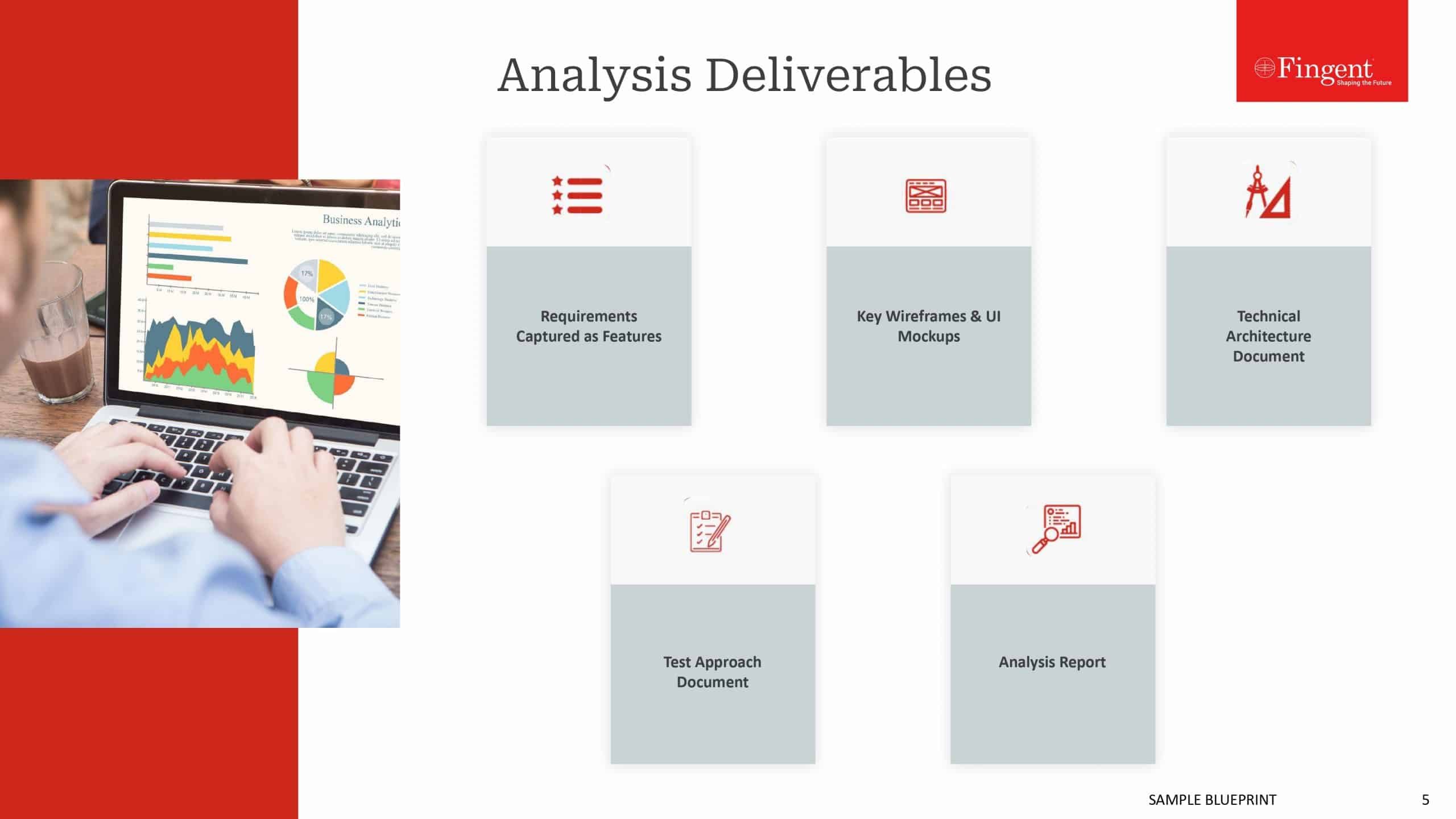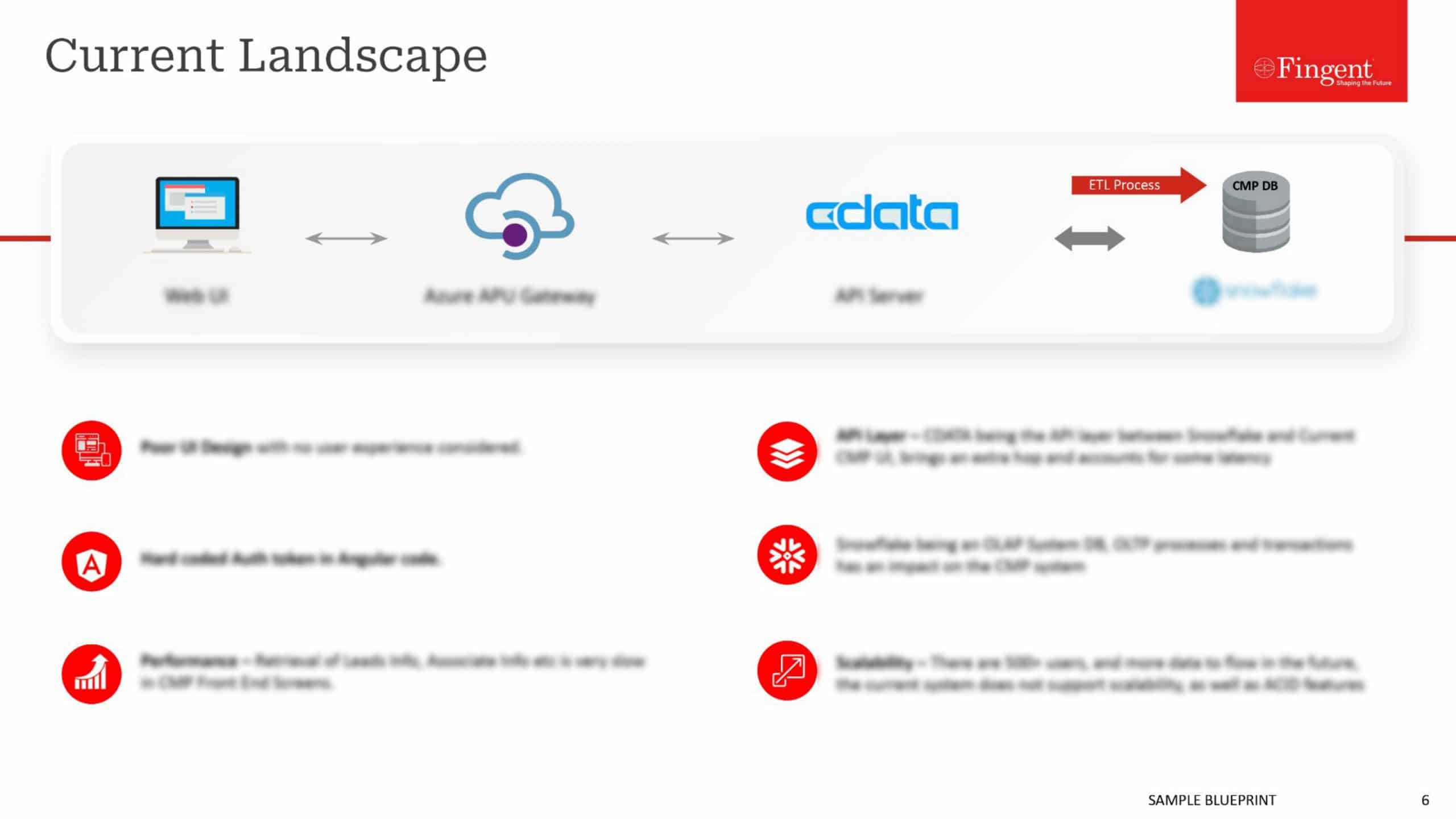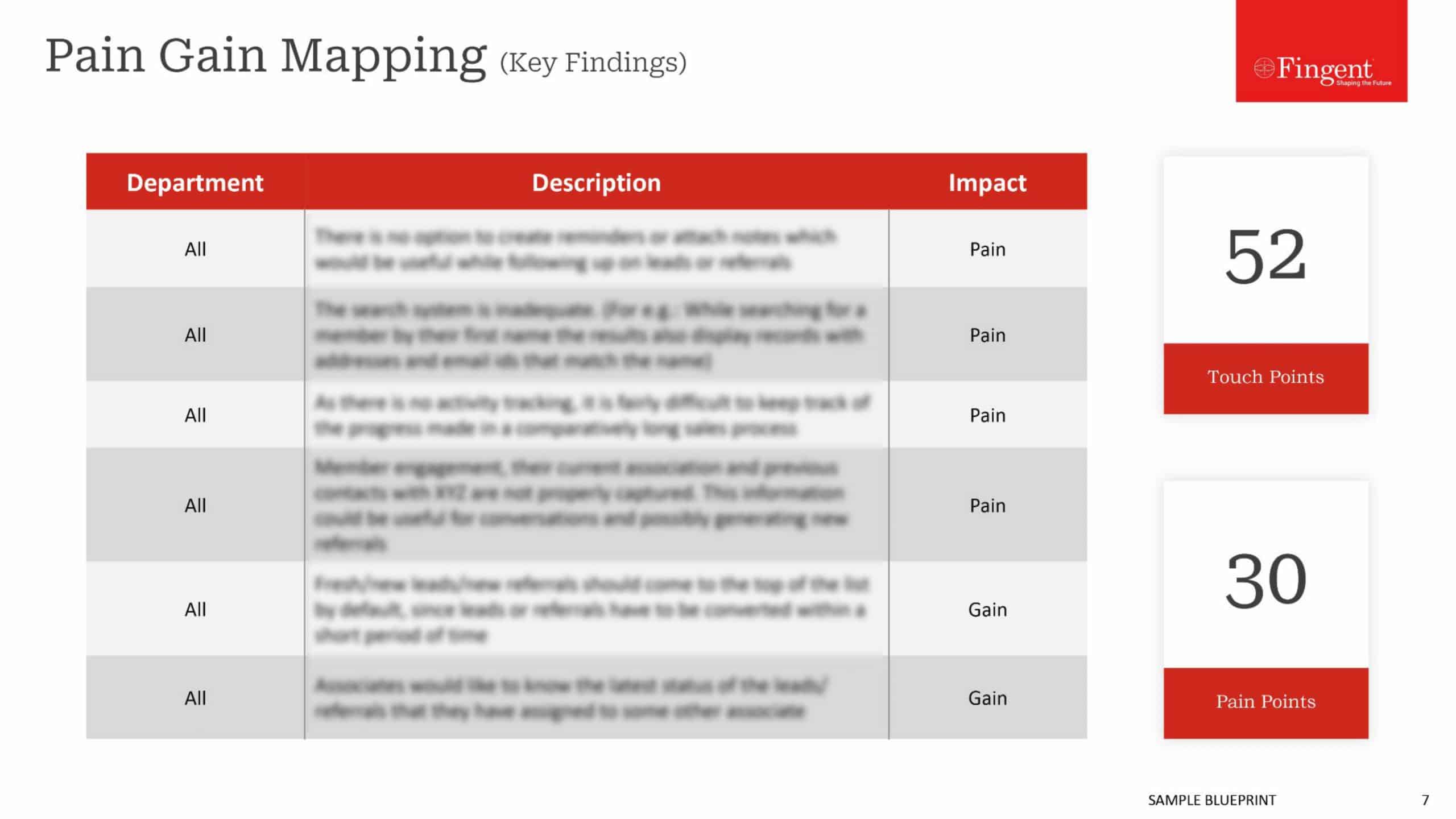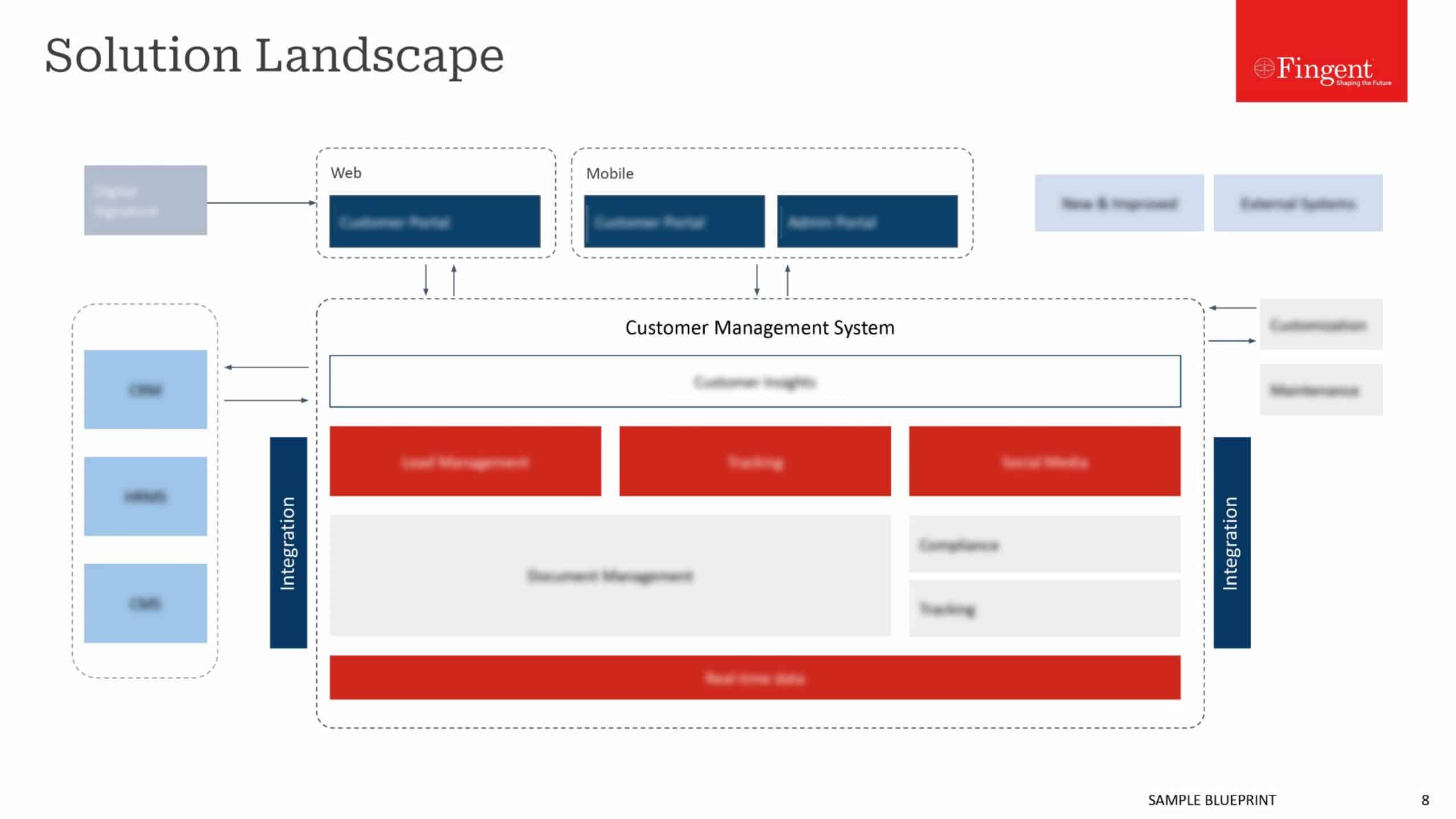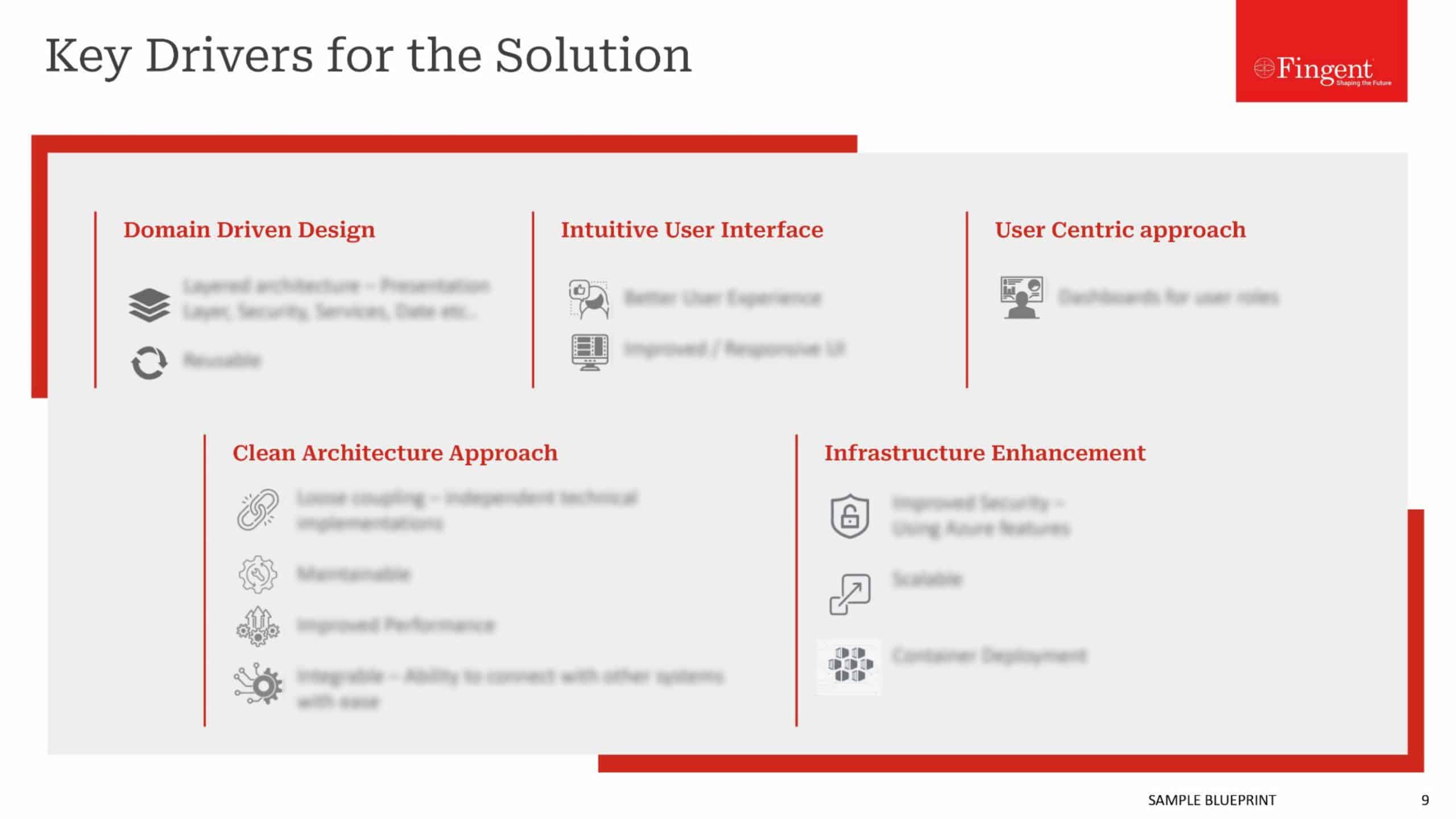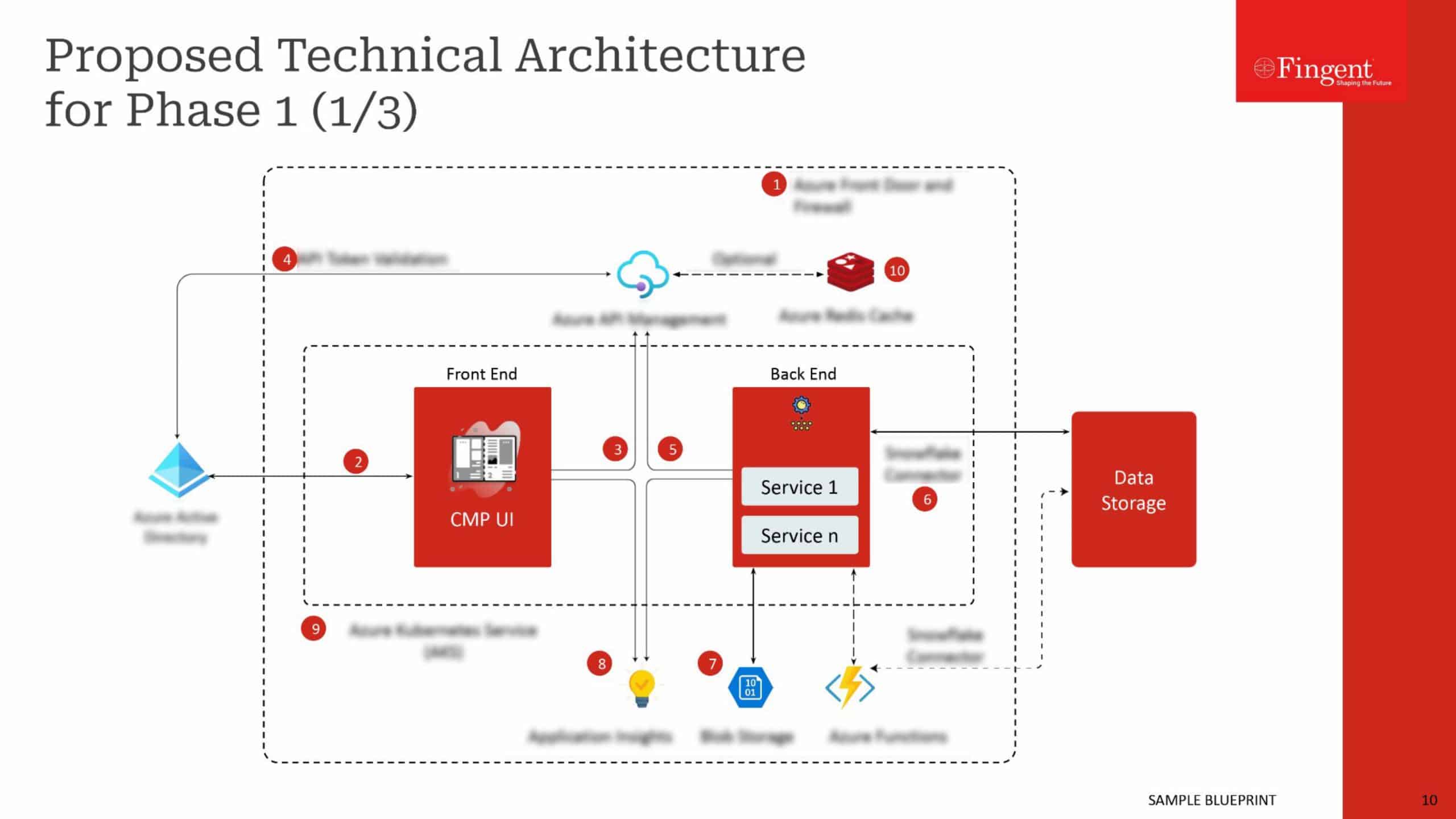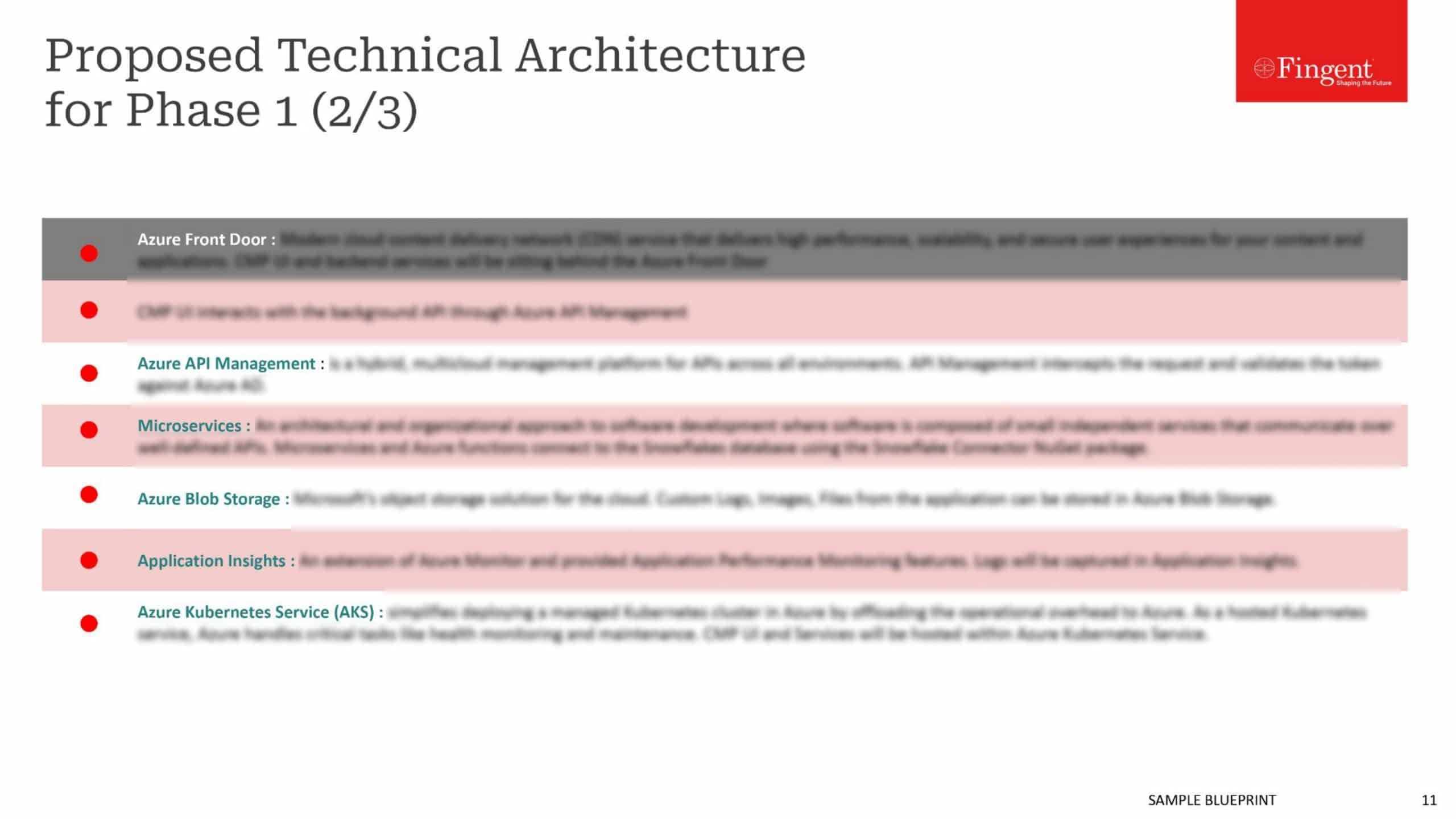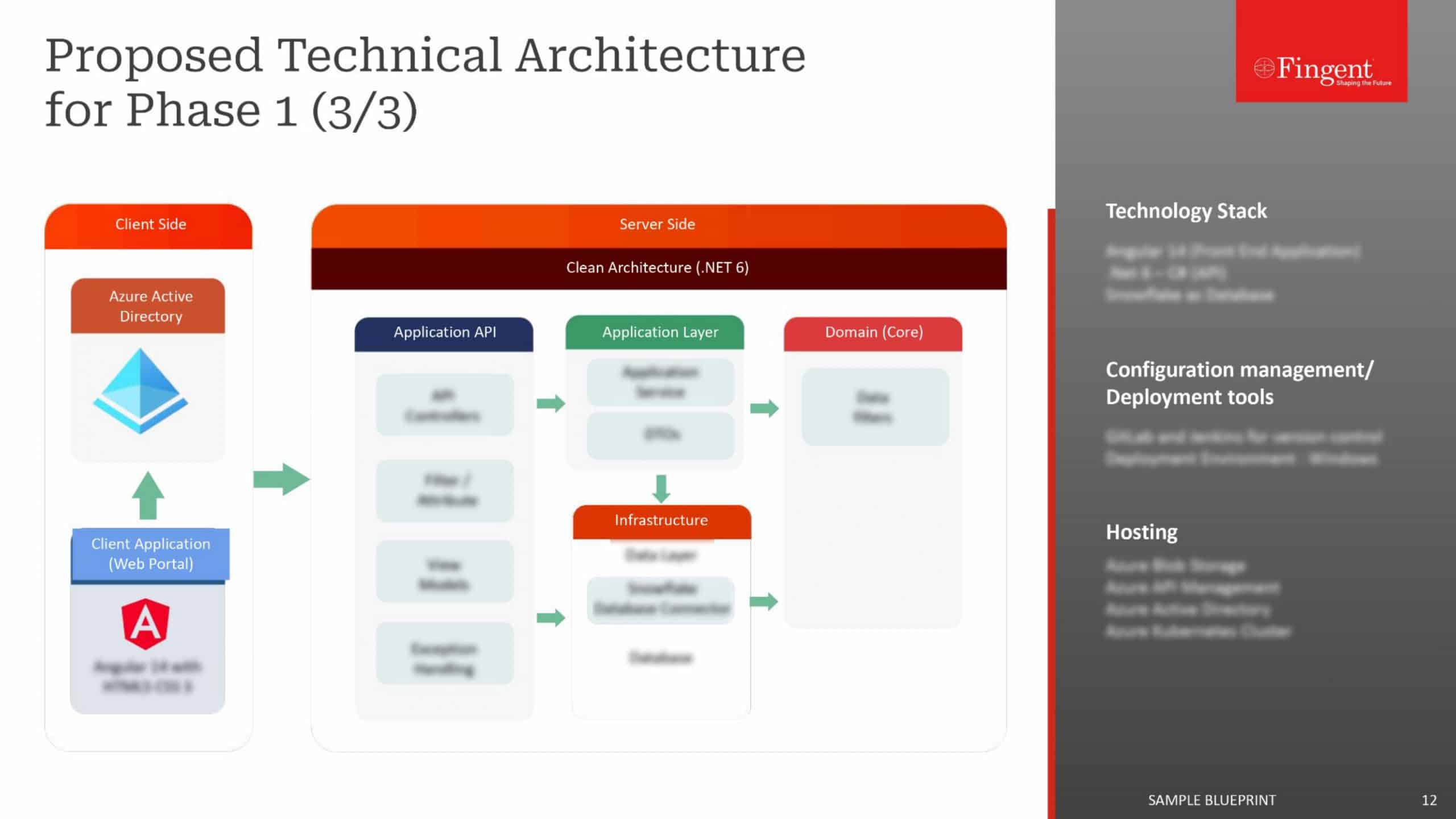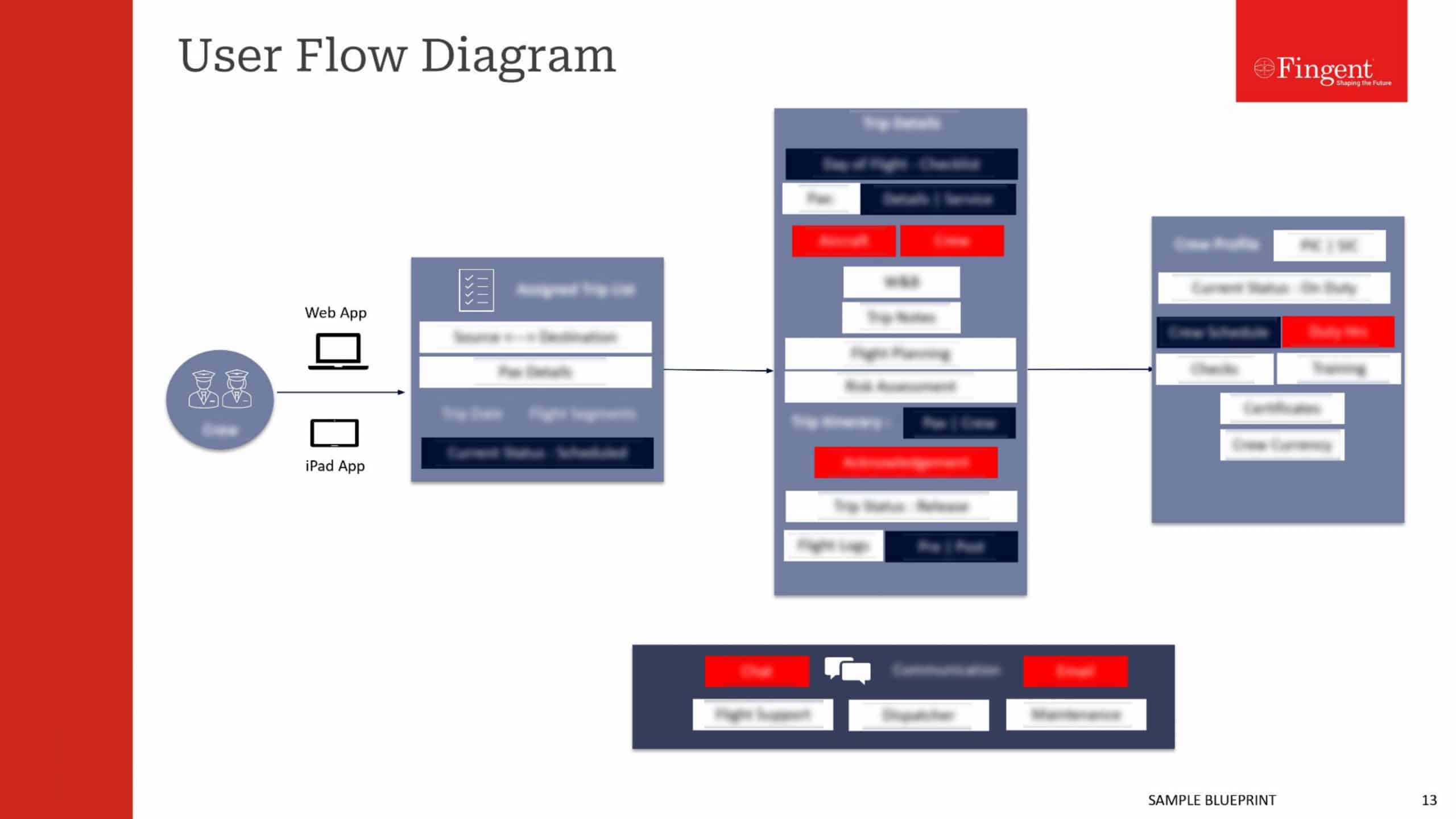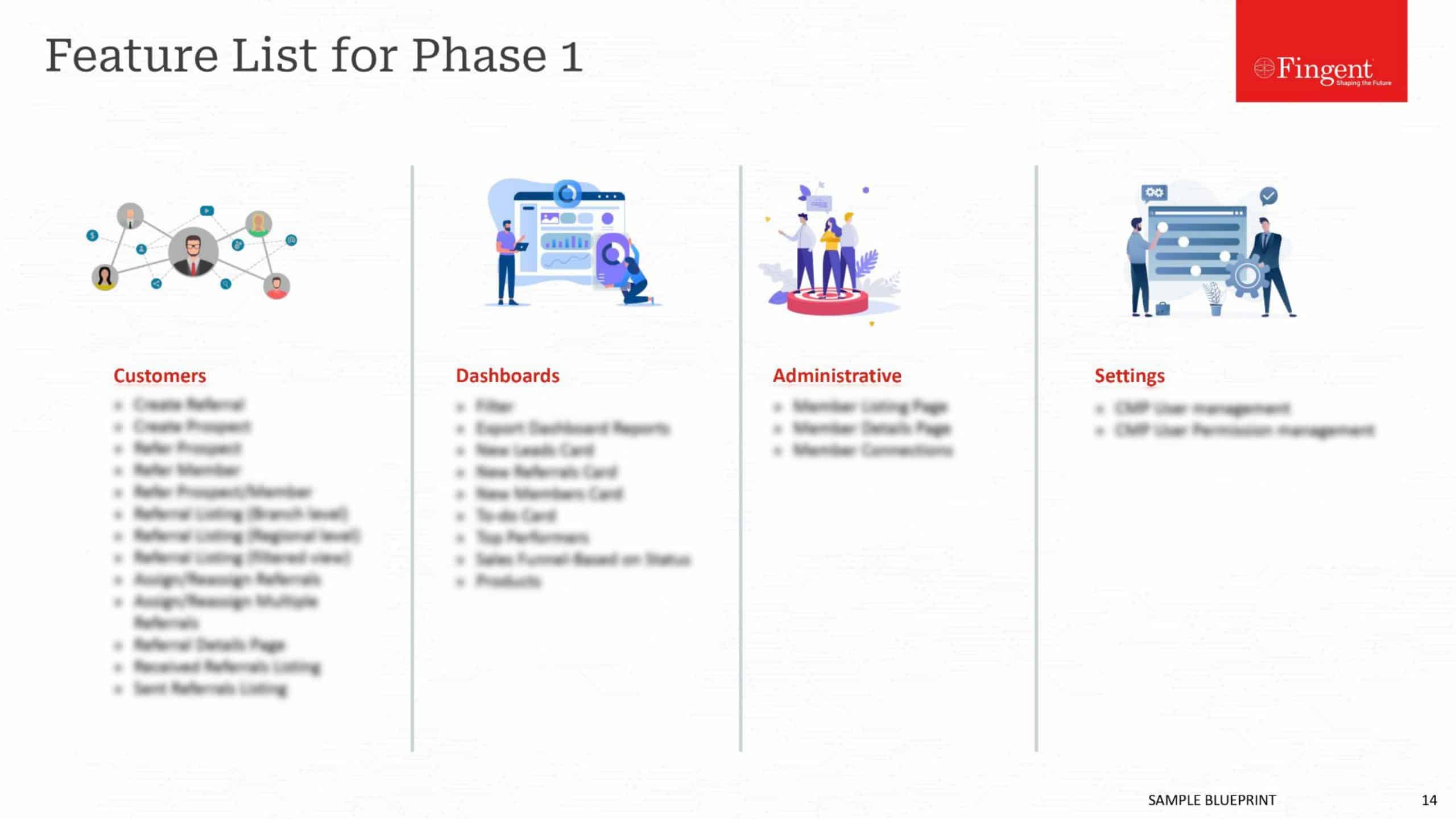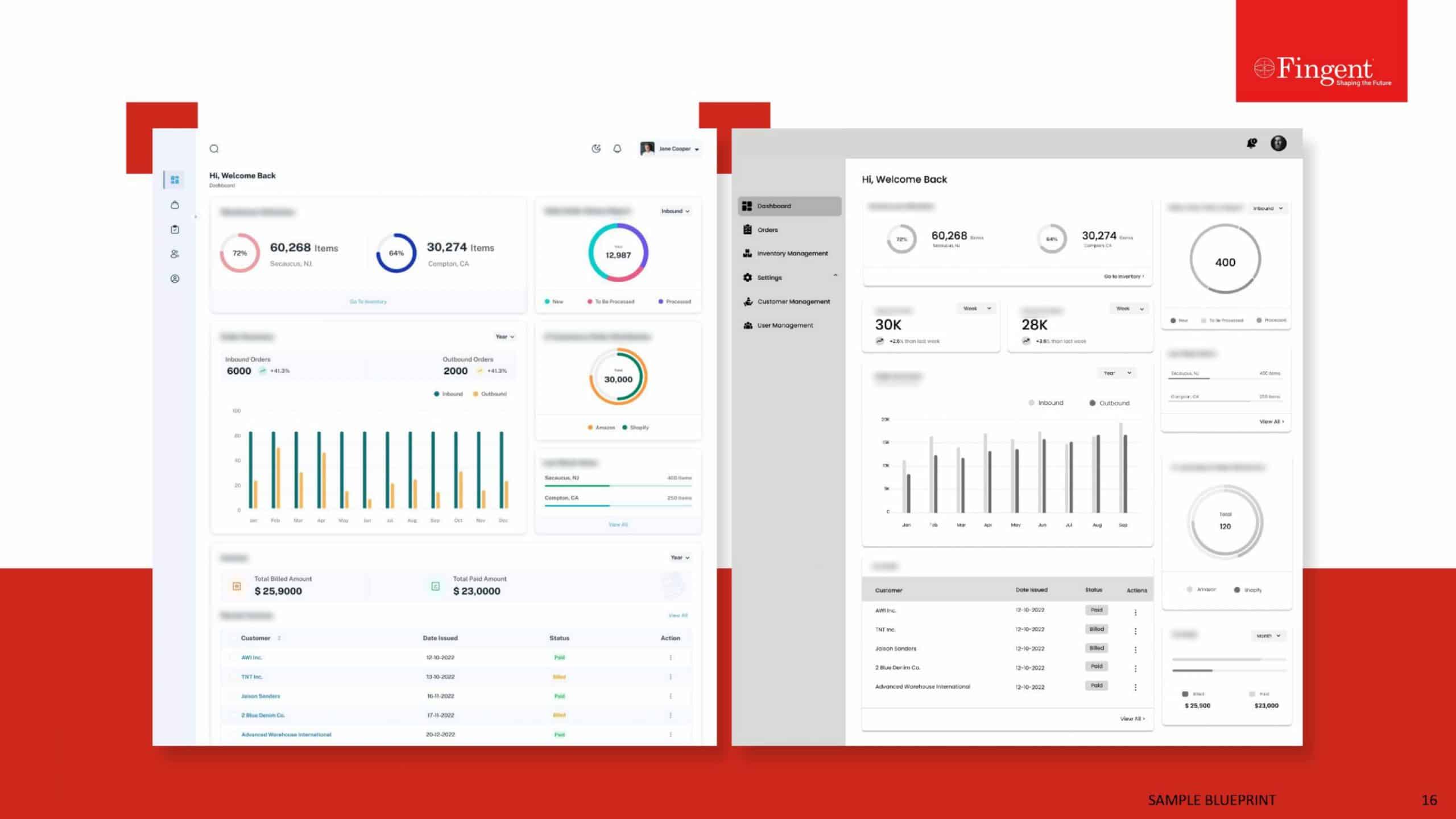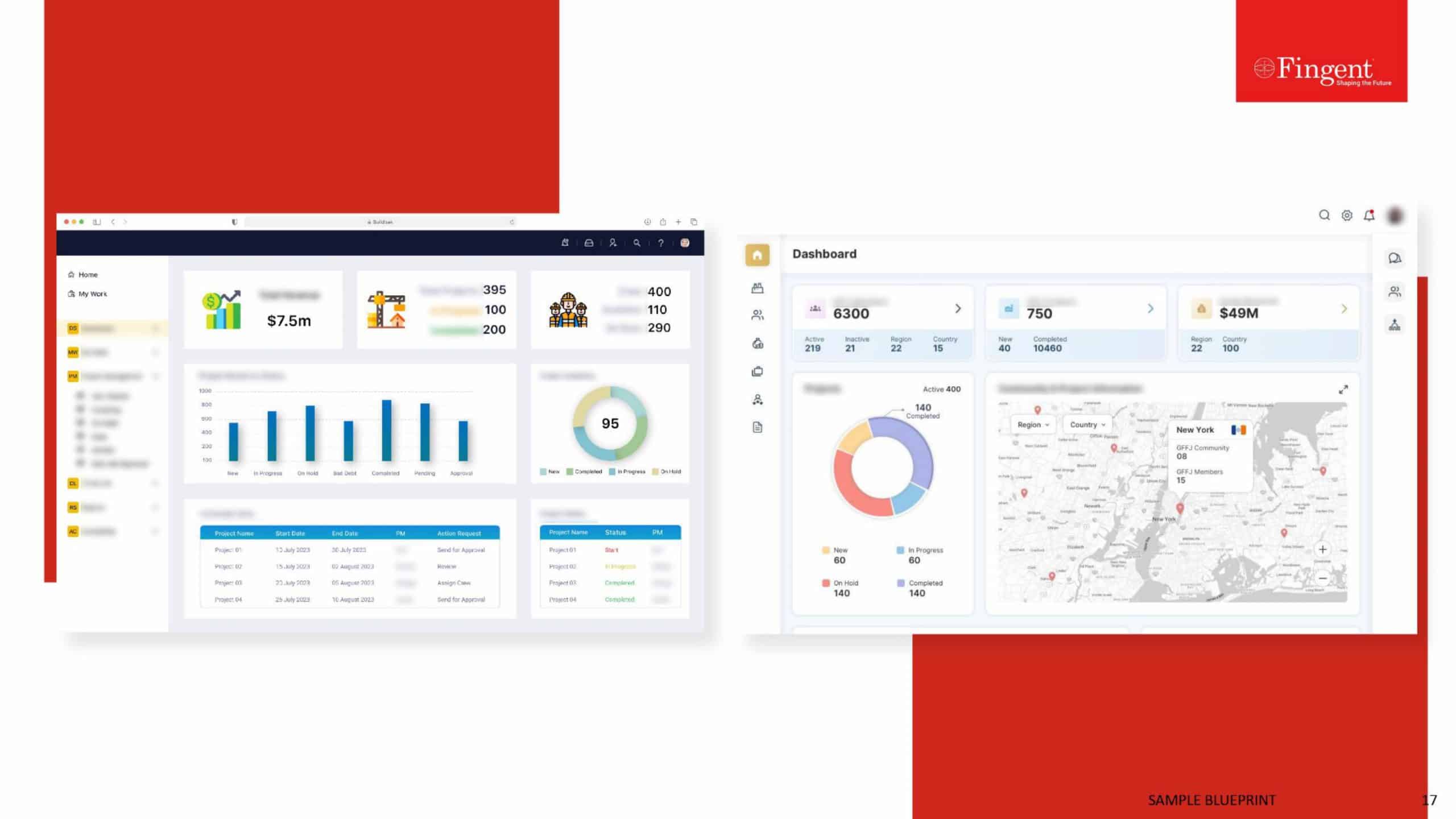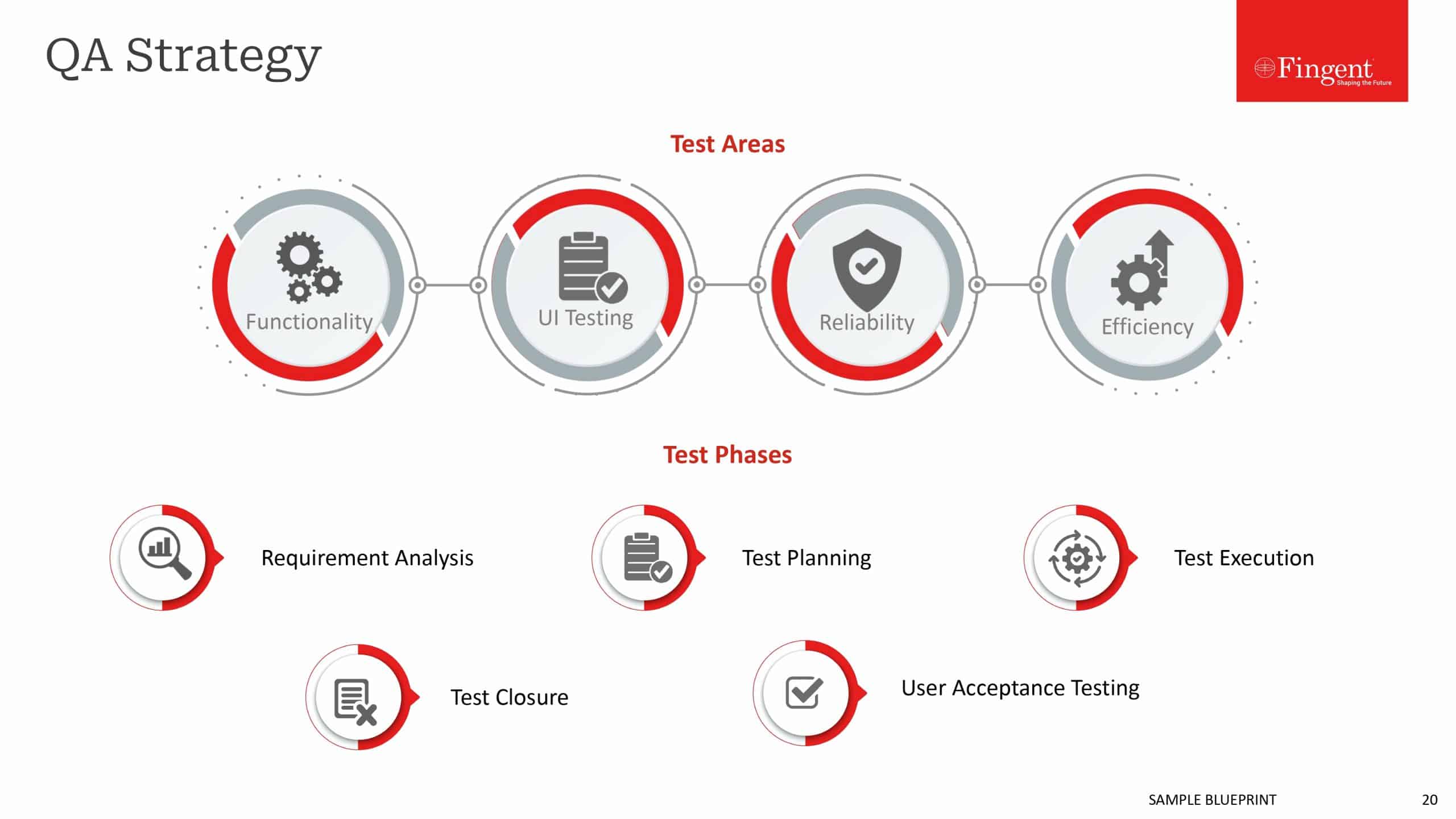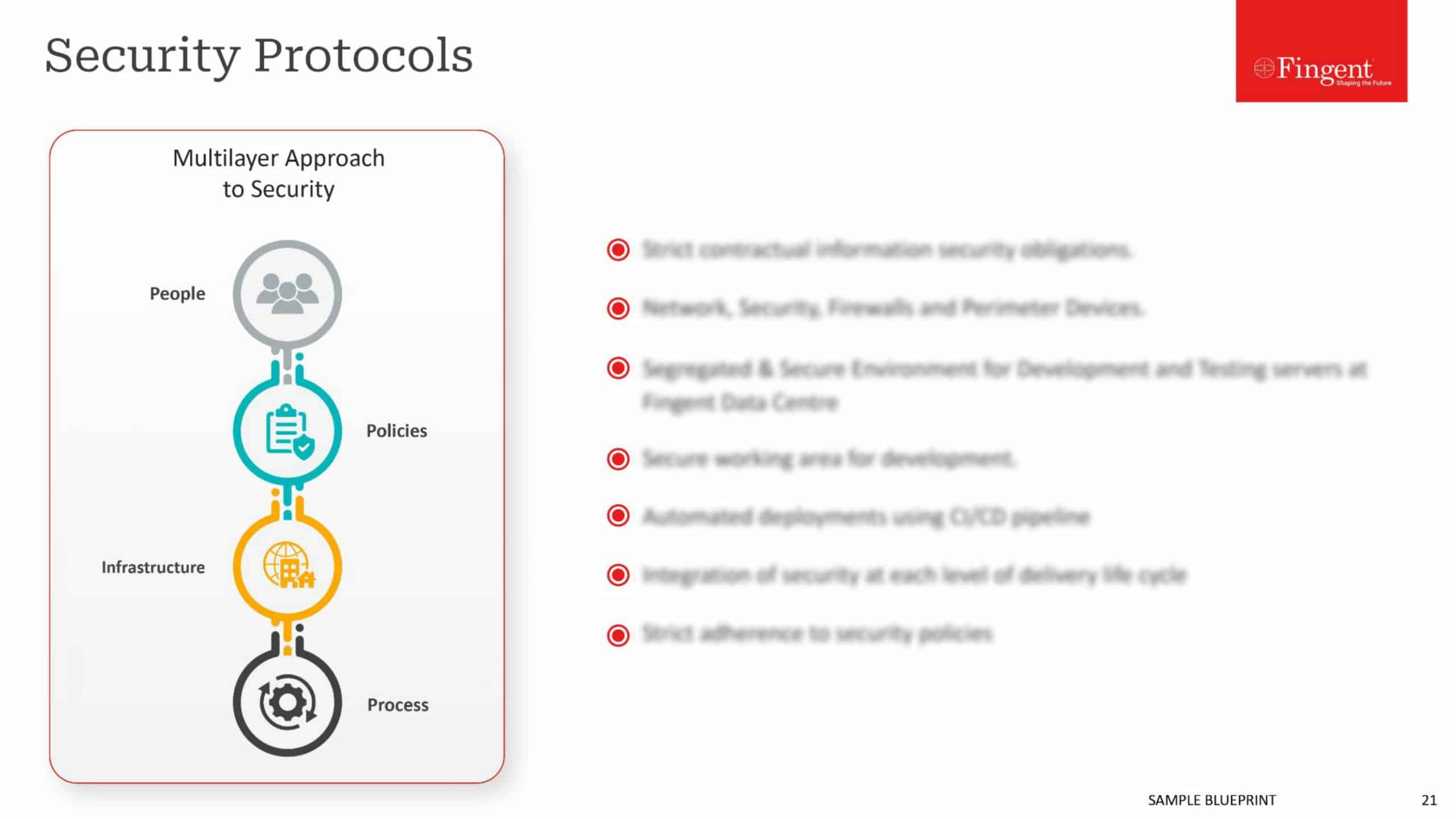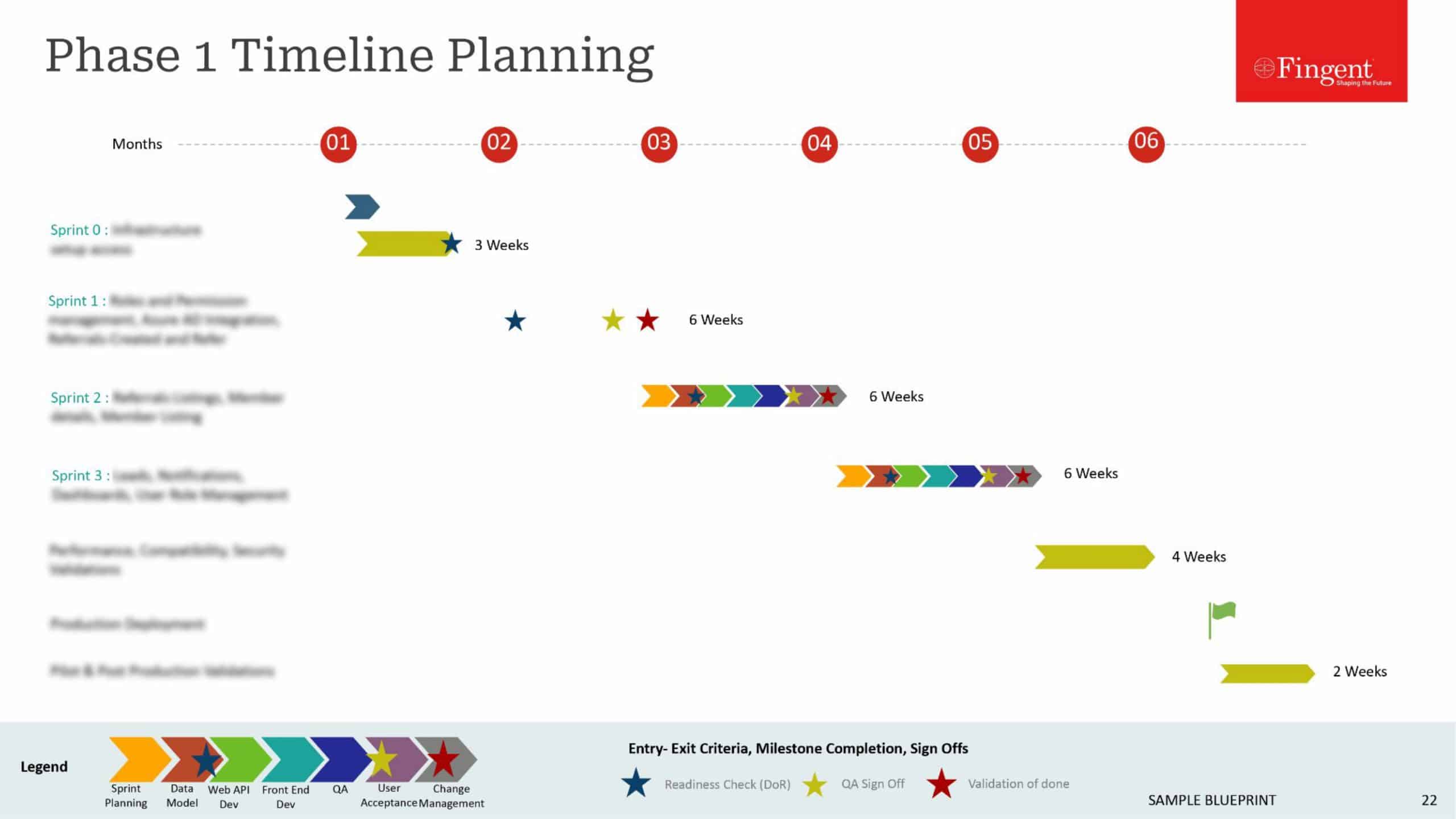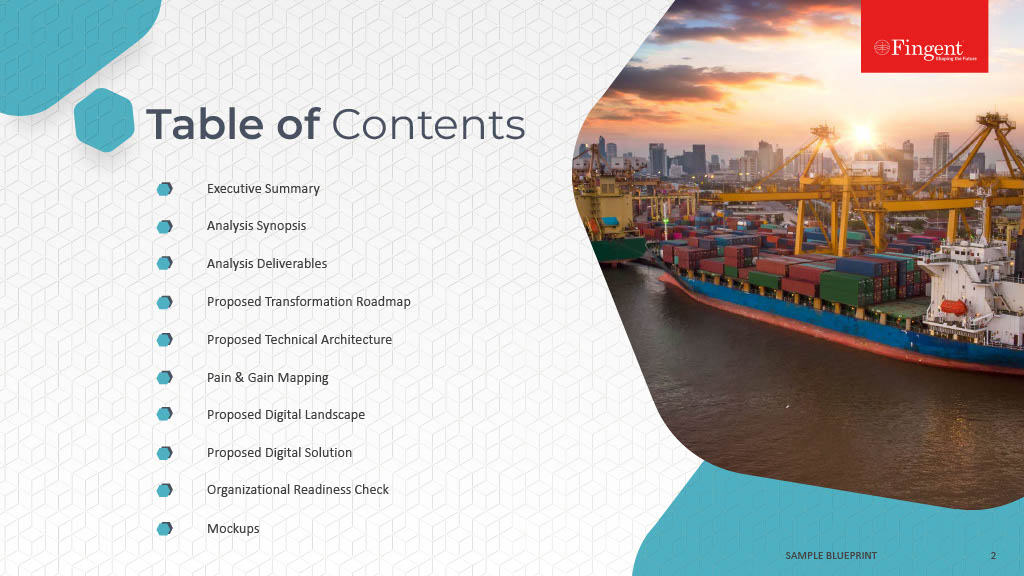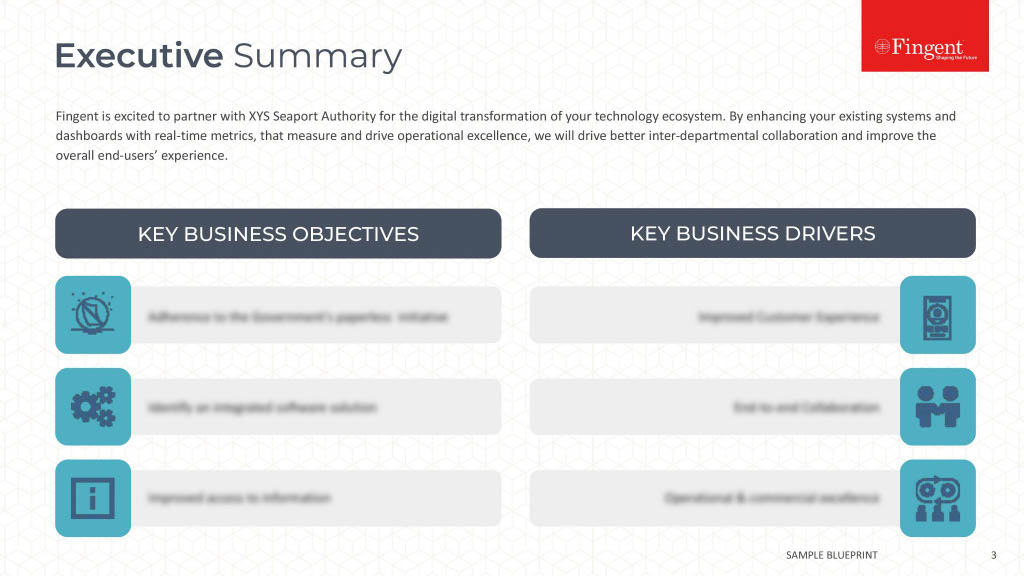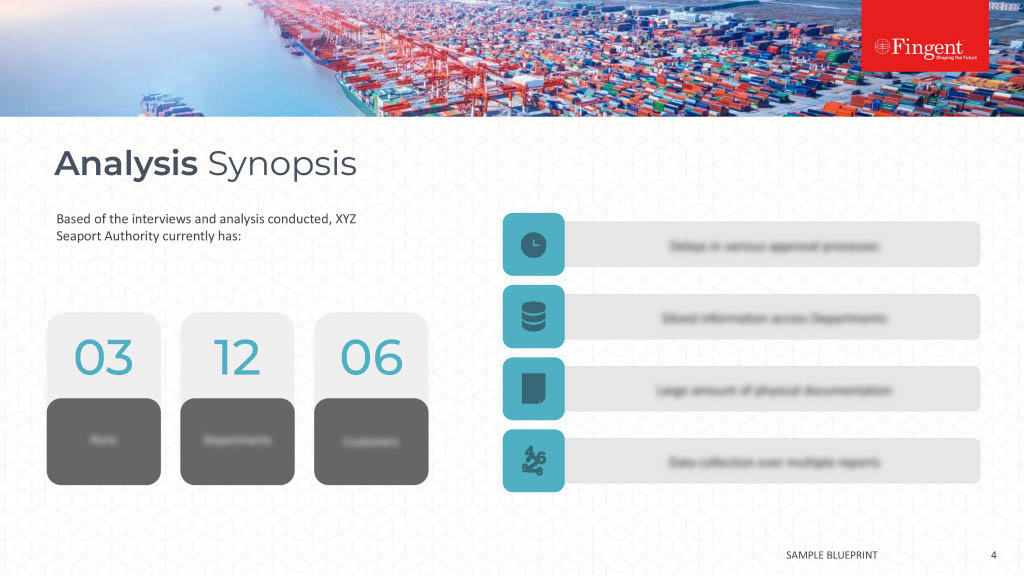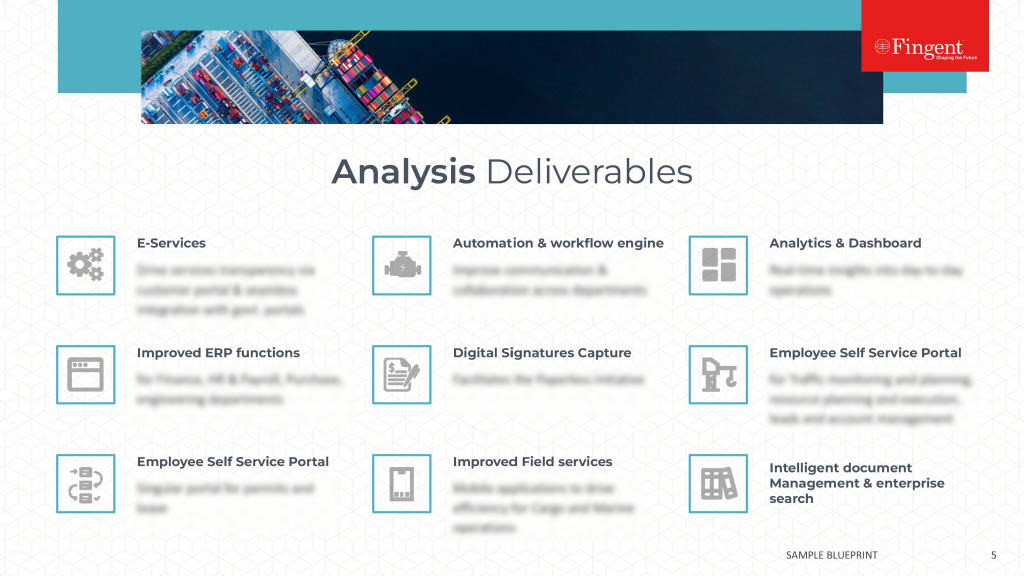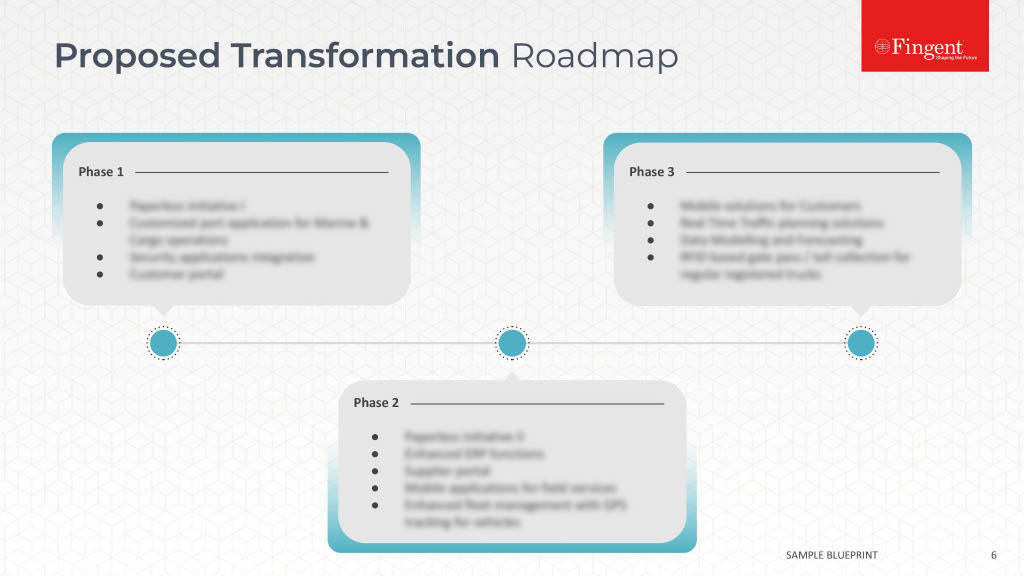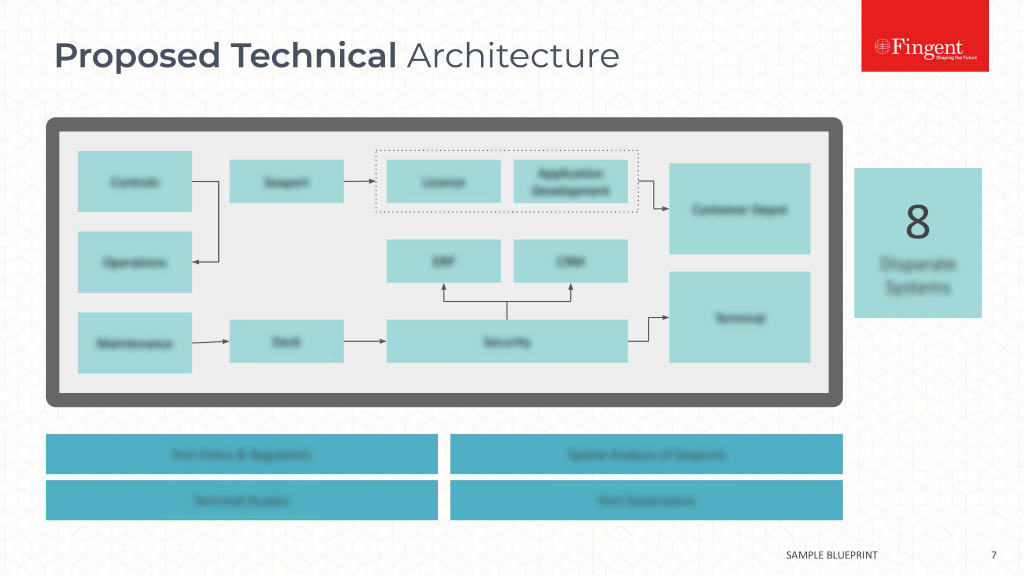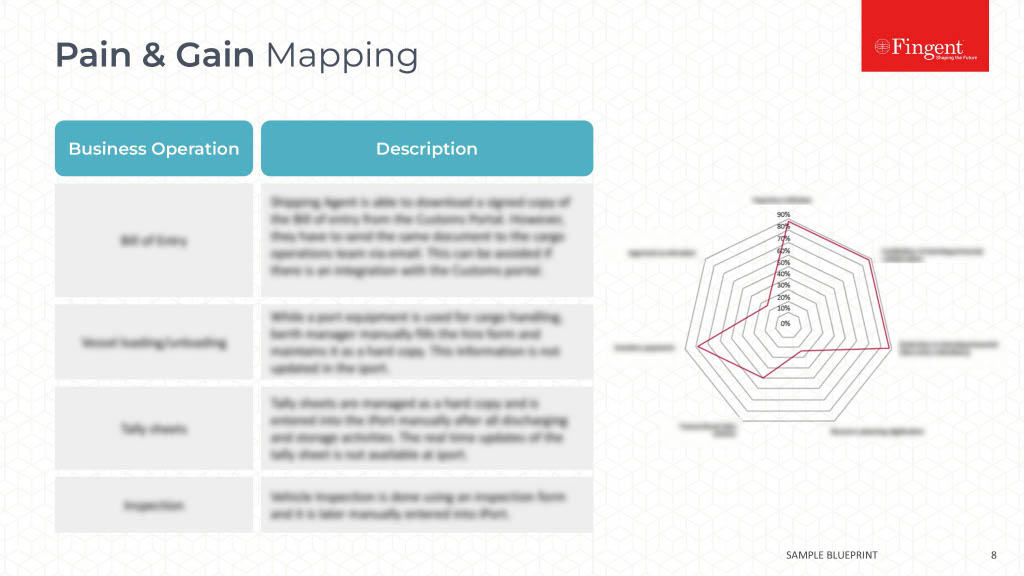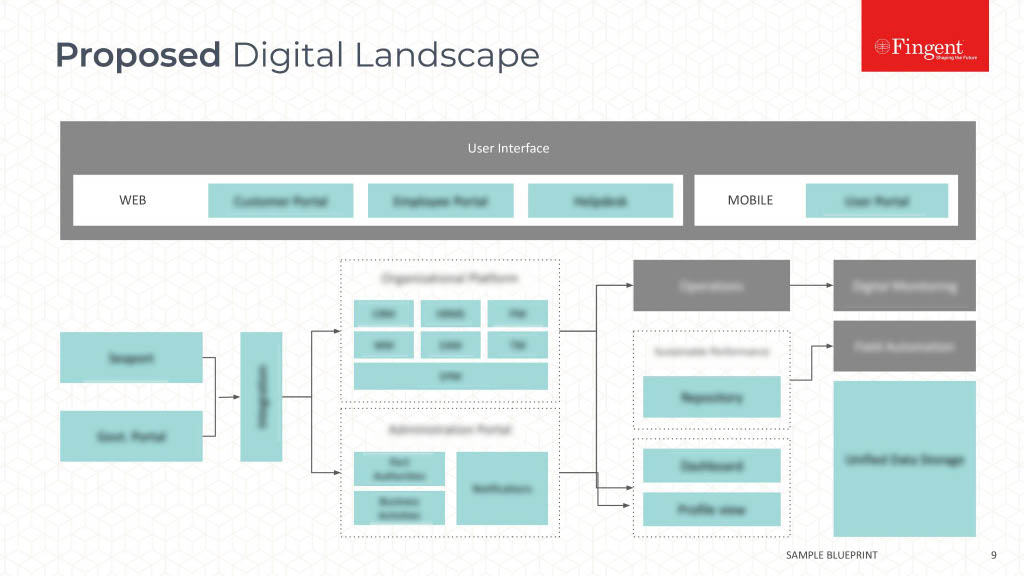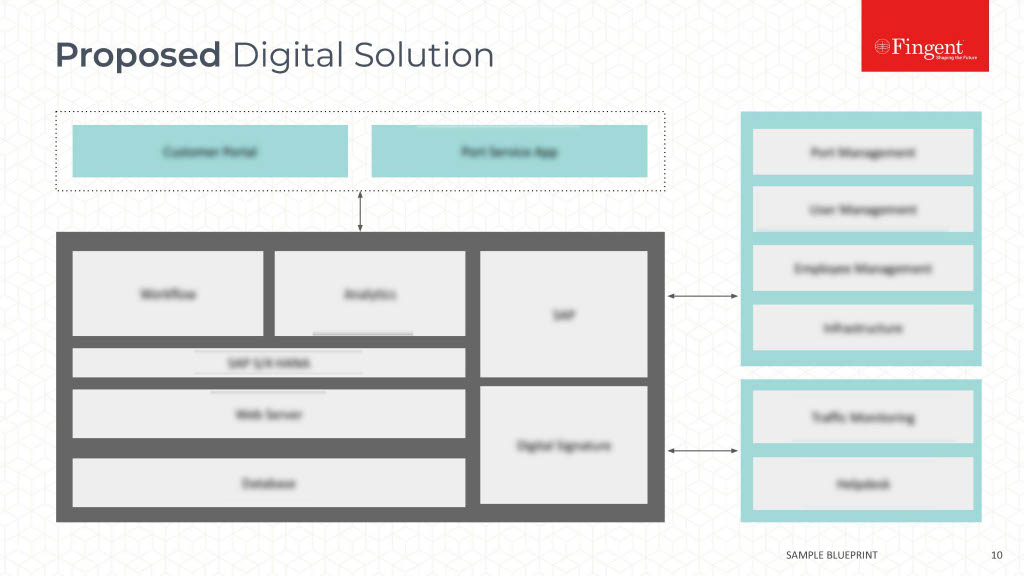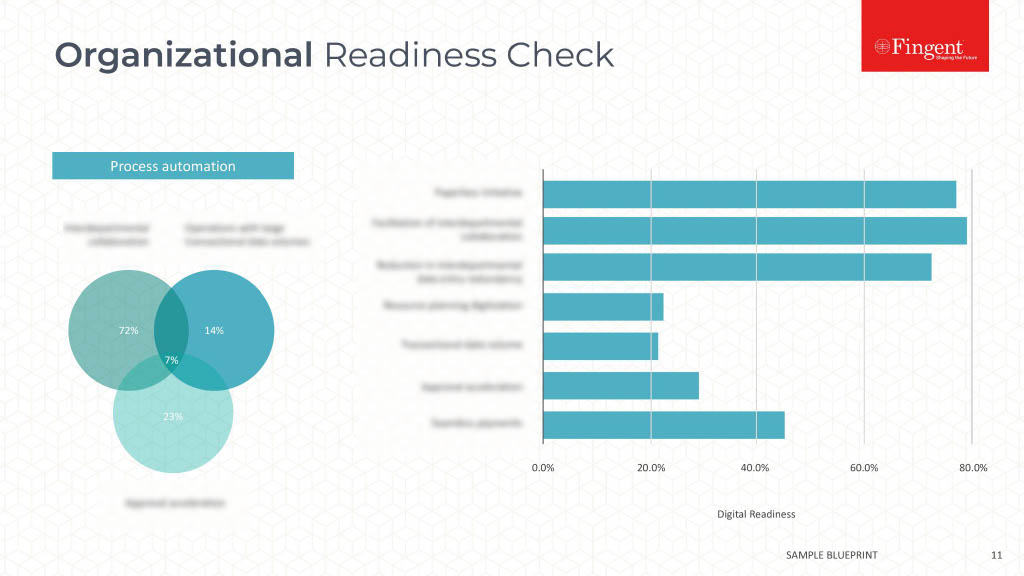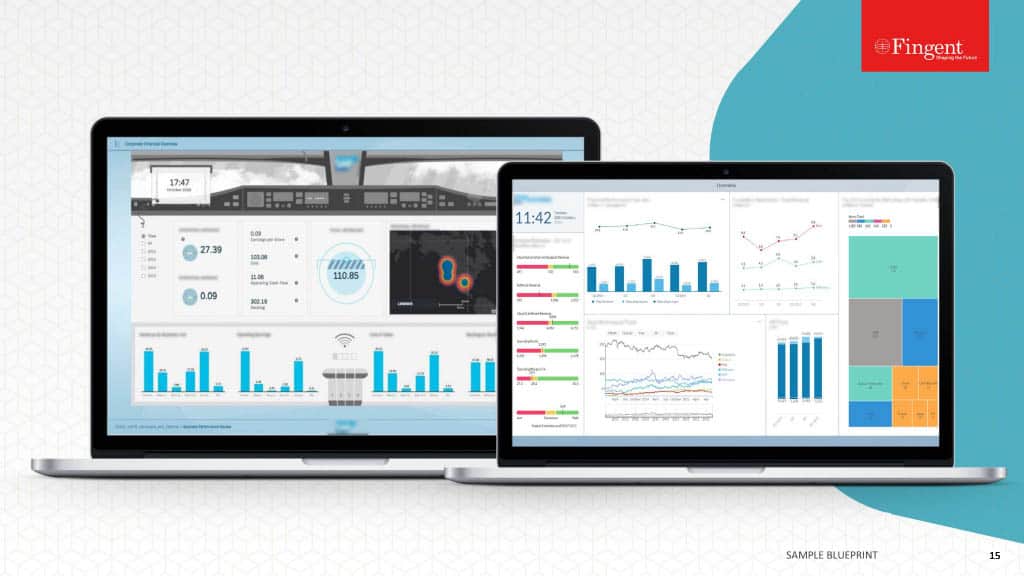Category: Technology
The one thing everyone, from the CEO to the office janitor have in common is 24 hours in a day. It is how one utilizes the time that makes all the difference. A janitor, a driver, a clerk, or many other employees have their fixed role assigned to them, and a significant chunk of their job responsibilities are routine in nature. A CEO ideally spend time applying his talents, insights, and discretion at the higher facets of the job, establishing paradigms, exploring new business models, engaging stakeholders, monitoring the entire gamut of company operations, dabbling with innovation to do new things and do things better, and more.
Unfortunately, the reality is most CEOs restrained by routine and mundane tasks for significant chunks of time, leaving them with too little time to the things that really matter. The CEO has invested time and effort in acquiring knowledge, expertise, and experience, and the company is best served by ensuring the CEO utilizes these skills to the most.
Today, technology has improved to the extent automation has taken over many aspects of lives, which would have taken considerable manual effort and time not too long ago. The most common manifestations of automation in enterprises have been in data collection, big data analytics, robotics in manufacturing and assembly plants, and more. The latest technological developments such as Artificial Intelligence, Augmented Reality, and more infuse cognitive capabilities to automation, expanding the scope of automation in a big way than before. According to HBR, about half of all activities employees now do in enterprises can potentially be automated, with the existing technology.
While automation has 
Likewise, there is big potential for change in the job profile of the CEO, who, in a sense is the embodiment of all functions taking place in the enterprise. About 25% of CEO’s time is currently spent on activities that machines could do.
The following are some of the CEO functions that machines could easily take over, even with the available technology.
Eliminating Administrative Tasks
Categorizing emails, approving bill payments, sending emails, and several other routine administrative tasks are an inevitable facet of life for any executive, and the CEO is not immune from it. If anything, the stakes are even higher with a CEO, considering the value of such tasks. An automated system, where an algorithm or a pre-set formula processes such tasks can eliminate or significantly reduce such burden, and improve accuracy as well.
Analyzing Reports and Data
Automation has made a lot of data entry jobs redundant. Typing data into a spreadsheet is no longer required when automa
Developing algorithm based systems automate the task and give the CEO information in a drill-down capsule model, saving considerable time. An algorithm does the job just as well, and more accurately, leaving the CEO to either approve or veto the automated decision based on any additional insight he or she may have.
Scheduling Meetings
A sizable chunk of the CEO’s time is consumed in meetings. Scheduling meetings are the headache of the CEO’s secretary, but an automated system that schedules meetings proactively and syncs the schedule makes the life of the CEO more organized as well. In fact, an automated reporting system, integrated with video conferencing ability could eliminate the need for many meetings altogether, or enable meetings at-will, again saving a considerable chunk of CEO’s time, and prevent work getting blocked up, waiting for the meeting to happen.
Informing Decisions
Very often, the CEO is the sounding board of the enterprise, interacting with the top external stakeholders, such as board members, major shareholders and investors, government authorities, and even major customers. Developing an open enterprise system, where such stakeholders get revenant messages automatically or can access the required information at will, can take a load off the CEOs work. Establish rapport with people that matter is an important arsenal up the CEOs sleeve, and the ability to establish and improve such rapport increase when the CEO is armed with a powerful tool that can provide information to such stakeholders seamlessly.
People Management
The CEO, as the leader of the enterprise, invariably has people management tasks high on the list of priorities. While there may be no substitute for face-to-face interactions, automation can ease the process considerably. Having automated systems in place for appraisals, a robust HRIS system that updates all HR information in real-time, and more makes a big difference, eliminating the routine that comes with the process, and allowing the CEO to focus his or her energy on the core task of motivating the employee.
Direct Tasks
While the CEO can delegate most of the task, many CEOs have tasks too important to delegate, or not possible to delegate. Such tasks include writing sales concepts, defining new product features, undertaking high profile marketing, and more. Having automated systems in place offering comprehensive, real-time information benefits the CEO greatly, just as it benefits any other employee.
Better Work Quality
At a personal level, automation is much more than a time saver for the CEO. By eliminating mundane yet inevitable chores, it removes dullness and enriches the quality of work. This has a positive effect on motivation, and work enrichment. Needing to do lesser routine tasks could also mean a better work-life balance. This last facet is very underestimated in today’s highly stressful world, where burnout rates are very high.
HBR estimates automation to raise productivity globally by 0.8%–1.4% every year. The stakes are even higher with CEO productivity. Automation can free the CEO from the trappings of the routine, allowing them to focus their energies on the “higher” things that really matter.
It requires highly intuitive systems that capture the required information and execute what is required. Automation of key tasks should also be accompanied by an efficient reporting and tracking system. The best way to execute such systems is by toe-up with a partner who is good on the technical front, whose has the cutting edge tools to deliver highly intuitive mobility solutions, and who is on top of the latest developments. The investment in such tools is well worth the potential value on offer.
Stay up to date on what's new

Featured Blogs
Stay up to date on
what's new



Talk To Our Experts
Digital transformation is leveraging the opportunities brought about by emerging digital technologies, to transform business activities and models, in a strategic and coherent way.
The world of digital has advanced leap and bounds. Organizations weighed down by several considerations, however, have not kept pace, forcing them to indulge in digital transformation programs from time-to-time, to catch up. At another level, enterprises, mainly upstarts, unleash new digital based business models, which become paradigms others seek to emulate or better. IBM’s use of Watson for new AI challenges, GE leveraging IoT, AirBnB transforming hospitality, Uber changing taxi transportation, and more, are all examples of companies having indulged in successful digital transformation. Several other companies strive to seek synergy with such path-breaking business models. Steve Young, VP of IT at the VIA Metro, for instance, aligns digital transformation with metro rider experience, positioning itself to leverage the changing consumer needs brought about by services such as Uber and emerging technologies such as self-driving cars.
However, such instances of successful and seamless digital transformation are rare. Most companies struggle to define their digital strategy and kick-start their digital transformation program. A recent SAP survey reveals while 97% of businesses are onto some form of digital initiatives or other, only 21% have actually gone on to implement a firm-wide strategy.
In companies where digital transformation has been successful, it is mostly the CIOs that herald the change. About 52% of companies reported that the CIOs and CTOs were responsible for creating the organization’s digital vision, but that they faced roadblocks.
The CIOs have their task cut on successfully heralding a digital transformation in enterprises.
Establish a Technical Backbone
The first step towards digital transformation is establishing the technical backbone. This translates to becoming cloud-ready, redesigning networks to update security, and acquiring remote monitoring capabilities in today’s wi-fi and IoT age. Paul Krueger, CIO of Stewart and Stevenson adopted such an approach to good effect.
Companies cannot reasonably expect to develop everything in-house or even have exclusive services for everything. Cost, time, and other considerations make it impossible, and in any case looking for developing everything in-house may be akin to reinventing the wheel. There is a need to leverage common platforms that offer shared services, as well, and also try and develop solutions out of existing services, as advocated by Ross Tucker, CIO of Texas United.
There is also a case of overhauling the ERP program, making it agiler and primed up for today’s highly competitive and fast-paced business environment that requires flexibility, speed, and nimbleness. Rusty Kennington and Walter Meyer of Commercial Metals Company leveraged agile management practices to deploy its e-commerce solution and succeeded in selling its rebar and other metals exemplarily well. The company expanded its agile practice when rolling out a global ERP program, to an equally successful effect.
A successful digital transformation makes it easy for customers to do business with the company. The very raison–d’-etre for any business being satisfying customer wants, businesses that do not keep the customer at the heart of their digital transformation initiatives are bound to falter. Rusty Kennington and Walter Meyer of Commercial Metals Company applied this precept to good effect, aiming their digital transformation initiative to make it easy for customers to do business with them, by including customers in defining what the digital transformation exercise looked like. The results paid off as Commercial Metal Corporation saw a spurt in market share.
Understand the Nature of the Transformation
Having set up the basic infrastructure, the next basic requirement in rolling out digital transformation initiatives is fixing the context in which digital transformation is to be applied in the enterprise. Digital-savvy CIOs understand how emerging technology can impact different aspects of the enterprise, both operational and customer-facing, and make a strong case for implementing the most relevant solutions.
John Varkey of Direct Energy makes a case for lowercase digital and the uppercase Digital. Lowercase digital is about technologies such as websites, mobile, and e-commerce while upper case Digital is about “accelerating business change” in aspects such as customer experience, new business models, and more. Each type of transformation initiatives requires a different approach. Lowercase digital, for instance, is transforming front-end customer facing digital assets, whereas uppercase digital runs deeper, seeking to change digital technologies that impact underlying behaviors and influences that often keep the business running.
In today’s highly competitive environment, businesses are always on the lookout to cut costs, boost revenues, and create efficiencies. To further such ends, innovation is inseparable from digital transformation. Without innovating solutions and innovative new business models, there is no case for digital transformation. Often, such innovation boils down to taking calculated risks.
Bruno Ménard of Sanofi says “ “If I look at the expectations of my board members, they are really around innovation. What does digital mean for my business, how can I create competitive strengths, how can I create resource from digital, how do I manage a digital transformation? How do I help my business teams to really shift or integrate digital in what they do?” A big part of the challenge, according to Ménard, is developing organizational structures to deliver such innovation on a consistent basis, or in other words, improve the maturity of IT governance vis-a-vis innovation.
7 out of 10 digital-ready CIOs consider themselves responsible for driving the adoption of disruptive technologies within their organizations, especially in mobile, analytics, and cloud. These CIOs are comfortable driving innovation throughout the business, rather than simply in IT itself, and research on developing new products and solutions.
Manage Change Effectively
Digital transformation is also a change and comes with all the complexities associated with change. There is a need to unfreeze existing culture and paradigms, implement the new culture and paradigms, and freeze it. Simultaneously, there is also the ever-pressing need to overcome resistance to change and iron out the teething troubles and glitches that invariably come to pass during the transformation. Transformative enterprises often take on a significant number of parallel initiatives, and the CIO becomes the hub that integrates everything together.
As a study by Forrester Research concludes, it requires somebody who is both adept in the technology and has clout across the enterprise to lead the change. The obvious candidate who fits the bill is the CIO.
As the in-house, IT team is saddled with pressing routine tasks, and anyway may not be too conversant with the in-thing, make sure you co-opt a technical partner for your digital transformation initiatives. The world of technology is fast changing, and a focused technical partner, abreast of the latest cutting-edge technology would help you roll out robust apps and other solutions essential for the digital transformation initiatives.
Stay up to date on what's new

Featured Blogs
Stay up to date on
what's new



Talk To Our Experts
Wannacry? If you have been inflicted with this latest piece of deadly malware that is wreaking havoc in cyberspace, there’s little else to do but cry! However, understanding what the menace is, and taking basic precautions would save you the tears, allowing you to remain safe and be spared of the data carnage presently underway.
What is Wannacry malware?
Wannacry is a ransomware malware and worm, which has affected computer systems running on Microsoft Windows operating system, at a global scale. The malware, the deadliest one in 2017 so far, started to spread last week, taking over files stored in the infected systems, and demanding $300 in bitcoins, to restore access. Users were also warned the amount would double after three days, and the ‘captured’ files would be deleted irrecoverably if the ransom is not paid within seven days.
It spreads laterally between computers on the same LAN by using a vulnerability in implementations of Server Message Block (SMB) in Windows Systems. The exploit is called ETERNALBLUE. The worst affected are financial institutions, academic institutions, and other businesses attack. It is possible the perpetrators specifically targeted organizations and individuals with sensitive data they cannot afford to lose.
Ransomware is a type of malware that gets into a system by stealth, exploiting some latent vulnerability. Once it enters and installs itself in the system, it encrypts files on the hard drive, and demand payment for the encryption key.
Where is it spreading?
Wannacry has taken the world by storm, affecting thousands of computers in over 150 countries. At last count, it has impacted over 10,000 organizations and over 200,000 individuals, spread across 150 countries. The ransomware mutates itself, spreading from one system to another in different ways.
Among the most high-profile victims have been FedEx, the US-based delivery company, Renault factories in France, the National Health Service in the UK, several telecom and gas companies in Spain, and thousands of other users, from corporate to small businesses, and from non-profits to individuals. While the most high-profile attacks have been in Europe, China and India are especially hard-hit, considering the sheer number of victims, and a large number of systems running on Windows XP and other legacy variants of the OS.
Who are the Perpetrators?
As of now, the perpetrators of the attack are not known. The ransom is to be paid in bitcoins, which are hard to trace. Microsoft, in the line of fire, as Windows systems are the ones coming under attack, gave an indication of the tool used in these attacks being developed by the US National Security Agency (NSA), and now stolen by hackers. It is customary for the NSA to keep a war-chest of cyber-weapons ready, a controversial practice by any account, and the danger of which has now become apparent.
Snowden shines a light on the Shadow Brokers
“If NSA had privately disclosed the flaw used to attack hospitals when they *found* it, not when they lost it, this may not have happened,” NSA whistleblower Edward Snowden says.
Nevertheless, with investigators across the world working on the case, it is only a matter of time before the perpetrators are unearthed, and hopefully, brought to book. Some of the usual suspects, such as Russia, have categorically denied their involvement.
Is the threat over?
One would have thought the malware would have subsided by now after a wave drowned thousands of unsuspecting users in the first few hours of the attack. While there are reports of the attack slowing down, the threat is far from over. There were reports of fresh attacks in Asia and Europe on Monday. At an individual level, several inboxes still have “landmines” in them, mail with attachments that if opened could trigger the attack in the system. There are also reports of a new and deadlier variant of the attack that infects users directly through a malicious link on hacked websites, without requiring users to download an attachment.
There is light at the end of the tunnel though. A UK security researcher discovered a “kill switch” in the rogue software’s code, albeit accidentally. The discovery does not undo the damage already done, but stops the malware in its tracks, preventing its spread to new computers. Also, the possibility of several “copy cat” variants of the attack that will not have the same “kill switch” is also a real possibility.
Precautions to Take
Trying to take remedial measures after being greeting with the red screen of “WannaCry” is like bolting the door after the horse has bolted. The best cure is prevention. Computer users would do be on their alert, and especially consider the following precautions.
- Maintain backups of all critical data and important files in a Google drive, or in an offline hard disk, CD, pen drive, or any other source. The ransomware encrypts the file on the hard drive of the system, rendering it inaccessible to the user. With a backup in hand, users can retrieve the data easily and need not even consider paying the demanded ransom.
- Do not open any mail from unknown senders, and especially avoid spam mail like plague. This is a best practice for all times, and more so in the present troubled times, where any unsolicited mail, even from known accounts, need to be looked upon with suspicion and extreme caution. The safest approach is not to open any attachment or click on any URL in the email, without confirming the sender actually send it. Wannacry is reportedly slipping in malware through common file extensions such as pdf, ppt, doc and tiff, along with media files such as MP4 and MKV files, meaning every file is a potential landmine. Executable files, ending with .exe or .js are especially dangerous. Likewise, be especially wary of shortened URLs. The safest approach is not to download any files or click on any link unless absolutely required.
- The internet is the lifeblood of the ransomware and any cyber attack for that matter. If a system gets affected, the ransomware tries to spread itself rapidly by searching for other unpatched, vulnerable Microsoft PCs in the same local network. It also looks out for any random host on a wider internet. Manually disconnecting the system from the internet at the slightest hint of infection or suspicious behavior may just save the day. Seek professional held when restarting the system.
“Wcrypt mainly penetrates through the SMB ports, so if you block the ports 135 and 445 through which the virus penetrates (in most cases they are not used by ordinary users) you can prevent its spread.“- Akhil S, Ethical Hacker, Fingent Technologies
- Establish a Sender Policy Framework (SPF) for your domain, which is an email validation system designed to prevent spam by detecting email spoofing by which most of the ransomware samples successfully reaches the corporate email boxes.
- Access only legitimate and trusted websites. Stay well clear of dubious and unknown sites, especially torrents.
- Shun pirated software, which would invariably have a host of vulnerabilities, and no support or patch updates to effect a fix.
- Update the systems. The main reason why the virus could spread the way it did was because many users fail to keep their systems up-to-date. This kind of attacks thrives on vulnerabilities that exist in the operating system and source code of software that has not been updated. Make sure all software are updated with the latest patch release, and preferably with the latest version as well. Microsoft released an update, Microsoft Security Bulletin MS17-010 as early as March, to tackle the specific the problem involved in the latest attack, but many users have still not downloaded it.
- If there is any incident that illustrates the need for a good antivirus or antimalware suite, this is it. Install and update a good antimalware suite, if not already in place.
As of now, the malware is limited to Windows systems, making other OS such as Android and Ubuntu a safe bet. However, there is nothing preventing a new variant to inflict other operating systems as well, making it expedient for all users to be on high alert.
What to do in case of becoming a victim?
At this point of time, there is precious little to do if an attack has already locked down the files in the computer. The only practical option is to reformat the system and start afresh. Contact the law enforcement and report the attack, though.
The UK’s National Crime Agency, and also most cyber-security experts advise users infected by the malware not to pay the required ransom. Even without any ethical considerations at play, there is no guarantee the systems will be restored even if payment is made. Worse, payment may just embolden the gang behind the operation to demand more.
Stay up to date on what's new

Featured Blogs
Stay up to date on
what's new



Talk To Our Experts
In today’s tech-neutral age, talent is the key differentiator between companies, with employees a key source of competitive advantage. Top app developers are in high demand to ride the mobility wave, and enterprises scramble to retain developers from being poached.
Developers are by and large content with their current jobs, but three out of four developers are open to new opportunities, and would readily change to a job that offers them better working conditions. Even developers not actively seeking out jobs do spend around an hour per week checking on potential jobs. This is in addition to the time they spend with other developers and potential recruits on communities such as Stack Overflow. In such a state of affairs, employers need to remain on their toes always, to retain developers.
Here are some tips to retain top talent in your enterprise, without allowing competitors to lure them away.
Provide Opportunities to Grow
Most programmers are knowledge workers who value their skills and strive to keep themselves updated. One in every three programmers contribute to open source projects, and a whopping 81% of developers program as a hobby as well. These programmers are neither beholden to any organization, nor dependent on any corporate training program for their skill enhancement. They remain with their organization as long as it is worth their while, and simply move elsewhere if the organization get in the way of their development. Their loyalty is to themselves first and to any organization second. Organizations would do well to understand this fact and provide employees opportunities to grow and develop their skills.
A good salary and fringe benefits are now a basic requirement, rather than any special motivators to ensure employees stay. Rather, if an employee feels the enterprise offers them opportunities to enhance their skill-set, valuable exposure, time to spend in creative pursuits, and more, they are more likely to stay.
Get the Leadership Right
Very often how the employee is treated in an enterprise determines whether he or she sticks on or leaves. As a rule of thumb, an authoritative leadership style is a sure-fire way to doom for the enterprise, and a servant leadership style, where the focus is to serve the employee, by facilitating them to do their thing, works wonders.
Having said this, a charismatic leader, who can lead from the front and motivate employees by dint of authority can also work wonders, no matter the leadership style. A good case in point is Steve Jobs, who would yell and publicly shame his teammates when dissatisfied with their work, and yet made Macintosh engineers believe they could achieve the impossible.
Keep Employees Motivated
The most effective retention trick is to facilitate the employee harness their creativity in tasks that matter to them. Abraham Maslow’s time-tested need-hierarchy theory lists out five levels of needs or motivation that satisfied an employee, starting from the basic psychological and safety needs, a moving on progressively to need for affiliation, esteem, and self-actualization. Most developers, by dint of being “knowledge workers”, have already accomplished their basic needs, and look primarily at higher level needs such as esteem and self-actualisation.
The onus is on the enterprise, especially HR to craft retention strategies, keeping in mind what exactly motivates an employee, and would prompt them to stay. Challenging work assignments, rewarding projects that would enable them to gain the esteem of their co-workers and peers, a sense of satisfaction on having accomplished a project that is really useful, and more are some ways to retain the employee’s interest to stay.
Pamper the employee
Motivating the employee into staying is of no use unless the basic systems are in place. Developers being highly skilled “knowledge workers.” The onus is on the enterprise to facilitate a congenial working atmosphere to do their thing.
Facilitating the employee means pampering to their needs, and a flex-and-fun time, combined with work-from-home options lead the list of facilities sought after by most developers. About 64% of developers already work remotely at least one day each month, and 11% of developers work remotely on a full-time basis, as of now. Nevertheless, much more is required to keep developers happy, and facilitate their creativity. While 57% of developers valued the ability to work from home on vacation days most, 53% of employees valued vacation days, 47% of employees valued health benefits, 40% of employees valued work hours, and 40% of employees valued the equipment they use.
Autonomy and Career path
At times, retention of talent may have more to do with a dysfunctional enterprise than any other factor. A rigid and hierarchical enterprise, with a culture of deferring to authority, and where information is kept on a tight light is hardly congenial for developers, who value creativity and openness. Most talents seek to leave enterprises where talent and merit are not valued, where promotions are a matter of tenure and not merit, and where there are no mentors to guide them.
Programmers value autonomy and empowerment. Empowering them to take crucial decisions regarding their projects, entrusting them to engage with clients directly, drawing deadlines through a collaborative process rather than imposing one from the top, are all steps that make employees feel valued, appeal to their self-esteem, and go a long way in retaining them for the enterprise.
Also, enterprises that fail to chalk out a clear career path for their top talent risk them leaving. Not all developers make competent managers, and many of them do not even seek a managerial position. The onus is on enterprises to ensure progress in roles and responsibilities that suit them. A technical path, parallel to a managerial or supervisory role, may work best for technocrats who may not find managing people their cup of tea.
Top programmers seek continuous value. They seek out highly challenging projects and seek to leave when they perceive the projects they work on are futile or destined to failure.
Getting and retaining top app developers is not easy. However, we offer an effective alternative. We already have a team of highly talented, resourceful, and experienced app developers, with a track record of having delivered several intuitive mobility and other projects, for customers cutting across industries. When you hire us, you are free of all your human resources related worries. Retaining the top talent, pampering them, and preventing others from poaching the best talent becomes our headache, leaving you free to focus on your business.
Stay up to date on what's new

Featured Blogs
Stay up to date on
what's new



Talk To Our Experts
Big data has come a long way in 2016, but there is scope for much more. Here are the top big data trends, or how enterprises would leverage big data in new and innovative ways, going forward.
1. Dominance of the Cloud
The spread of the cloud notwithstanding, many small and medium enterprises still rely on on-premises data centers. As such legacy data centers reach their end of life, and as the benefits of the cloud become too tempting to ignore, there will be an increased migration to the cloud.
The future of big data for the enterprise is in the cloud, considering the infinite power and flexibility on offer. The cloud enables enterprises to tap into the required resources with a few mouse clicks, without having to take the trouble for provisioning, or seek talent to run in-house Hadoop clusters and processing. The migration to the cloud also cut costs in maintenance and operations.
2. Incorporation of Live IoT Data
The Internet of Things is in the throes of effecting a paradigm shift in all things computing. If anything, it will enrich Big Data analytics with even more data. With IoT gaining center stage, the focus of Big Data for the enterprise will shift to processing real-time and actionable data derived from IoT sensors and other live information, and transmitting the same to users and machines, for actionable information.
Enterprises will be faced with the increasing need to integrate and make sense of data entered by humans and data captured by machines, to aggregate composite visualizations. For instance, data from drones, combined with sensory and standard IT inputs, merged into a single pane of glass view would offer fresh multi-dimensional insights not possible before.
3. The Use of More Dark Data
The spread of computing and the Big Data trend of digitalization has been underway for some time now, but much of enterprise data are still trapped in paper-based documents, paper photos, CD’s, vaults, storage closets, and unconnected hard drives. Such data may be invaluable in offering historical insights and performance trends. Among the key Big Data trends would be demolishing silos that lock up data in the first place, and integrate such trapped data, to ensure comprehensive and complete analysis.
For the enterprise, accessibility and relevance of historic data become even more relevant in today’s hyper-competitive and a cut-throat world, where trademark infringement and/or intellectual property violation claims are manifold.
4. Focus on the Results rather than the Efforts
The proliferation of data makes it important to separate the wheat from the chaff. The terabytes of data being generated from multiple sources can drown even the most efficient of enterprises. To cope with the challenge of crunching terabytes of data, more and more organizations are now adopting Hadoop and other big data stores.
With the focus on results than effort, executives seek out relevant insights. Side by side with a focus on real-time analytics and insights, Big Data analytics will increasingly focus on data and results that really matter and add value to the bottom line, rather than analytics for the sake of it. Big Data vendors are introducing new and innovative Hadoop-based advanced analytic solutions towards this end, and enterprises have no option but to embrace such tools.
5. Immediately Gratifying Analytics
Today’s fast paced world demand instant results, fuelling the demand for real-time analytics capabilities. Today’s business executives demand real-time actionable data, in easy to consume and attractive graphics. The delivery of graphics is likely to become more flexible and innovative and take newer dimensions, such as 3D visualizations, as well.
Enterprises who do not cater to such pressing need face the risk of being left out, as competition becomes increasingly sophisticated and use innovative tools to gain better insights, to convince customers.
6. The Rise of Predictive Analytics
Today’s enterprises are going one step ahead of real time analytics and delving into predictive analysis, to take decisions that contribute to the bottom line.
Big Data providers now offer solutions that crunch historic data to predict events and behaviors, allowing marketers and enterprises to position them to make the kill. Predictive analytics also help in fraud detection and minimize risk exposure, besides, make operations more efficient than ever before.
7. The Rise of Self-Service
In tune with the efficiency-oriented lean philosophy, self-service is setting in even in big data preparation and analytics.
Self-service data preparation tools boost time to value, allowing enterprises unmatched flexibility and also making it easier to include unstructured and semi-structured data in the analytics. It also improves trust and reliability in the data included for analytics, considering end users who deal with the data would know its relevance, for inclusion in analytics. The decreased reliance on technical experts empower end users to no small extent and improve operational efficiency in the process.
Self-service in data analytics plays into the pressing need for customization, further boosting efficiency.
8. Increasing Reliance on Data Virtualization
Today’s data is not just voluminous, but also complex, and unstructured. Big data solutions are increasingly relying on data virtualization to unlock what is hidden within large data sets. Graphic data virtualization especially enable enterprises to retrieve and manipulate data on the fly, regardless of how the data is formatted or where it is located.
Through such virtualization techniques, the enterprise may optimize their business intelligence, and unlock better insights.
9. Stronger Administration of Data Security Permissions
With the trend of moving all data into a single integrated data warehouse and repositories, all users would access the same data, but on a “need basis.” The coming days is likely to see more attention to fortifying access permissions and data security. Creating and or revising data access permissions policies, and implementing technology to monitor and detect potential data exfiltration by users is likely to take center stage in the coming days.
10. Increasing Thrust on Security
Security has always been a pressing issue.The convergence of various big management elements such as data quality, data preparation, and data integration, necessary for big data analytics, the increasing reliance on smart devices for generating data, and the increasing regulations in the wake of high-profile breaches raises the stakes of security higher than ever before.
The ramifications of Big Data breaches will be huge, with potential for serious reputational damage and crippling legal repercussions.
With big data being increasingly used for mission critical applications, the stakes have never been higher. As Big Data is expected to go leap and bounds, it is important for enterprises to stay abreast of the latest developments, to remain on the top of the game. Partnering with us for your Big Data plans offers a safe bet, considering our vast experience and expertise in the field, and our track record of having successful implemented several cutting-edge projects, cutting across industries.
Stay up to date on what's new

Featured Blogs
Stay up to date on
what's new



Talk To Our Experts
Businesses, especially small businesses, these days are increasingly adopting cloud service technologies. Why?
It’s the flexibility, scalability and value features of the cloud that are apparently driving this growth in its adoption. The basic aim is to allow employees to work better and promote an efficient work environment, with their offices available everywhere, now that telecommuting is becoming more prevalent as a trend.
Here are some facts that prove how rapidly telecommuting is becoming mainstream:
- By 2020, cloud spending in terms of IT and services is likely to exceed half a trillion dollars.
- 70% of software revenues are based on cloud code – SaaS, PaaS or on-premise as ISV’s base on-premise on cloud platforms.
- Tweet: Almost 50% of large enterprises are looking to double up software and services development staff for cloud projects.
But, as a general fact,
do all businesses stand to gain from using cloud services?
Will all businesses reap equal and extensive benefits from using the cloud?
Is it beneficial for you to use the cloud?
The answer to all these questions depends on the size of the business as well as preferences in terms of data, storage, security and the like.
Before you jump on the bandwagon, you need to analyse your business scenario and your preferences to make an intelligent decision.
Is cloud migration the right way to go for you?
Cloud migration (or moving your apps and services to the cloud), is more of a long term trend. While it may have several benefits of its own, there are several factors that you need to consider before going for it.
When should you consider moving to the cloud?
- If your applications are experiencing an explosive increase in traffic and it is practically difficult for you to scale and arrange resources on the fly, in order to meet the rising demand.
- If you are a software solutions provider and your clients are increasingly demanding faster application development and deployment, and you want to facilitate that while cutting down on infrastructure overheads.
- If your clients are looking to expand their business and diversify geographically and you think it might be a challenge for you to accommodate a multi-region infrastructure system, including its due maintenance, time and human resources.
- If you are looking to reduce your operational costs and increase the effectiveness of your IT.
- If you are looking to set up a disaster recovery system for an entire data center, while still having adequate control over resources and keeping costs under check.
- If you are planning to expand your development team and make it widely distributed so as to allow even remotely located employees to work easily.
These are just some common situations where you could consider cloud migration. There may be more. If you can relate to at least some these, then you can probably start planning.
Small and medium businesses are more likely to be experiencing one or more of the above scenarios. They are the ones who are constantly undergoing rapid and drastic changes in terms of scale, profits and business size. Hence, the obvious features of the cloud like scalability and accessibility can come in very useful.
Large enterprises may have more sustained developments in their business, in which case, they may not necessarily need the cloud. There are other options for them which we’ll be getting into, in a while.
The flipside
Now let’s see some possible consequences that follow cloud migration. You might want to consider the flip side of things as well, before getting into it.
- If your application uses, stores and sends back a lot of sensitive data, then you might not be able to use the cloud. Even compliance regulations restrict you from maintaining such data, in sources like the cloud.
- If you are using proprietary software or technology, and you are looking to move to the cloud, then you have a problem. It might not be legally possible for you to move or deploy such software into the cloud.
- You might have to deal with transparency and control issues, as your hardware is being controlled by someone else.
- You might encounter latency or dormancy issues with certain operations when using the cloud.
- If you want to retain ownership of certain data in your application, then cloud might not be the thing for you. When you migrate your data to the cloud, you have no control of where your data gets stored.
- Shared resources can lead to occasional disturbances in terms of performance and efficiency.
- Your application’s design or architecture might not be suitable as such to fit the cloud architecture. Hence you might need to make certain modifications.
Again, these are only some limitations of cloud migration to get you started on the thinking process. The most common ones are listed above. You may have to deal with other minor issues as and when you migrate.
To make a judgment…
On a normal case, where you already have a setup, which is satisfactory to your employees as well as customers, and you don’t really need much scaling and maintenance at the moment, then you could very well continue as such. It would not be worth these limitations for you to disturb the existing smooth process.
If you are a startup company in the manufacturing industry, it might not be feasible to maintain in-house servers and applications for internal uses. You also might not encounter a lot of the above-mentioned issues as you don’t use the cloud to serve customers directly. In such cases, opting for cloud services might be the best way to go.
For those of you who own large business enterprises in the software industry, it might be better to go for a hybrid model – one which combines the best of cloud services as well as in-house servers or private servers. For applications that involve a lot of sensitive data, or for proprietary software, you could use your own servers, and for other applications, you could use cloud services. That way, you don’t have to compromise on security or data ownership issues while at the same time, attain the flexibility and scalability of the cloud.
You also have the option of private clouds. More on that soon.
The cloud computing model
From a broad perspective, you could go for one out of three cloud computing models – Iaas (Infrastructure as a Service), SaaS (Software as a Service) and PaaS (Platform as a Service).
In case of IaaS models, you don’t have to take care of storage, networking, CDN and virtualization. They can all be left to the IaaS provider.
In PaaS, the application platform, the development, and the database are all handled by the providers.
SaaS models take care of business management, CRM, security as well as tools.
It is important to choose the model once you have decided to for the cloud.
The cloud options
Large enterprises also have the option of choosing a private or a hybrid cloud model.
Private cloud is where you can create your own cloud using specific platforms like Openstack. That way you can access the benefits of the cloud, while still retaining data security and ownership. It is apt for businesses using secure and confidential information and core systems.
A public cloud is where all of your resources are hosted by a separate cloud service provider. It supports more number of customers and is better suited for companies having lesser confidential information, as all the resources are publicly shared and virtualized.
A hybrid cloud model is one in which your resources are spread over private and public clouds. Specific resources can be used in the private cloud, whereas those which do not need a high level of security can be hosted by the public servers. Large software enterprises can benefit from using this model as they can have the best of both worlds. It is a perfect blend of reliability, availability, security and reduced operations costs.
It is extremely important for business enterprises, whether large, medium or small to analyze their business and choose the appropriate cloud solution. If your business scenario demands cloud migration, then your next steps should be in choosing the right model. Once you know exactly what kind of cloud services you need, you can be sure you are doing the right thing.
Still confused? Talk to our experts and find the perfect solution.
Stay up to date on what's new

Featured Blogs
Stay up to date on
what's new



Talk To Our Experts
Augmented Reality is a hot emerging technology that modifies a real-world plain-sight view by superimposing a real-time computer-generated sensory image, sound, video, GPS data, or graphics, in a semantic context. Through such superimposition, Augmented Reality offers a composite view of the environment and an enhanced perception of reality.
Augmented Reality is riding high on a wave of expectations, and many experts tip the technology to transform many walks of life, including the workspace, like never before. Augmented Reality blurs the line between the physical and digital realms. It brings computer-generated graphics to life, making what the employee actually sees interactive and manipulative. The potential applications are endless, limited only by imagination.
1. Better Management of Work
Augmented Reality tool such as HoloLens allows supervisors and managers to remain in better control of the situation, as they are fed with real-time information in the actual context. Instead of taking time out to analyze the situation in a computer or smartphone, they gain real-time insights in the course of their work. They can also make changes and issue instructions using hand or head movements, and voice commands.
Augmented Reality enables trial-and-error, without the usual costs and time associated with the process. An interior designer, could, for instance, use an AR headset to test color schemes, or a jewelry designer could visualize an idea and share it with the customer, before committing to make it. An architect designing a new office could view a real size hologram from all angles, to optimize the settings. A salesman could share his product line with clients in 3D.
2. Better Insights
Using AR powered glasses could offer field technicians insight into the working of machinery, annotating the parts, making explicit fluid and other levels not easily discernable, identifying parts which have failed or not working to the set parameters, and more. Overlaid animations would guide the technician on what to do next. What hitherto took specialists with considerable years of experience and training could easily be handled by a novice technician.
Lockheed Martin is already applying such technology to good effect, employing AR to aid design and make production floor personnel familiar with procedures. DHL is using similar AR technology to make sure employees load carts in the most efficient way possible.
3. Improved Productivity and Efficiency
Augmented Reality delivers optimal and accurate information, in the ideal format, at the precise time, to increase efficiency and productivity manifold. While conventional technology may bring in all details about a customer who walks in at the computer console, AR technologies bring it in front of the worker’s eyeballs. Workers no longer need to stop what they are doing to seek the required information or worry whether the information they gathered is accurate. Gestures and voice replace the inconvenient keyboard, mouse clicks or swipes.
Moreover, the field of view information offered by AR may change dynamically along with the task being performed. For instance, a worker in the warehouse may be guided to the area where a requested item is stored. In a factory, it could notify workers of resource levels or problems on the assembly line on the fly. Conservative estimates peg a 32% efficiency increase when deploying AR.
4. Enhanced Training
AR transforms training, taking it to a whole new level. It enables enterprises to speed up the training process and make it more effective.
Google Expeditions, a virtual reality platform, offers an AR overlay, already allow students to take guided tours deep into the Amazon jungle, or watch a Viennese opera. Implementing similar tools in the workplace would allow trainees to learn the basics and delve into the advanced, in double quick time, with a real feel of things. New hires could be placed in a real-world situation, and be exposed to all possible scenarios, without the disruption and risks characteristically associated with on-the-job training. Augmate’s InstructAR platform is an early step in this direction, aimed at imparting tech and manufacturing training using AR.
Hyper-training with augmented reality facilitates shorter learning curves, better-trained employees, and an all-around more efficient workplace. Boeing trainees assemble a mock airplane 30% faster and 90% more accurately using AR-animated instructions, compared to relying on PDF guides.
5. Furthers Organizational Creativity
Augmented Reality opens the doors for limitless creativity and innovation in the workplace. AR tools may be used to simulate different cause-effect scenarios, to determine an optimal course of action, without having to go through the underlying risks. In an ultra-fast business world brimming with change, such options help business drive much-needed agility and adaptability.
The potential of Augmented Reality to drive innovation is unlimited, especially when blended with employee collaboration, field tests, and presentations. AR can immerse a remote team, bringing employees together from across the globe in a way that feels more real than ever before, boosting collaboration at a global scale.
Augmented Reality also helps enterprises devise innovative ways to effectively deal with contingency scenarios, such as how best to tackle hazardous workplace conditions, how to plan for a contingency such as a live wire falling to the ground in the construction industry, guiding the workforce on protocols in the eventuality of emergencies such as a fire, and much more. AR can take the remote workforce further than existing tools can.
6. Deepen the Engagement
Marketers leverage AR in many innovative ways, from embedding a product brochure with personalized messages to offering a snap preview of a new location, and more. Blippar, a New York-based advertising company has taken the lead in offering augmented reality games with everyday objects, offering ample scope to deepen customer engagement. One innovative Pepsi ad allows users to aim a ball to a goalpost with their eyes, and “kick” it with a quick gesture. The rich data collected on customer habits and behaviors are spin-off benefits.
While AR technology has been in existence for some time now, growth has been sluggish over the years, mainly owing to the limitations in enabling technology. The popularity and easy availability of wearable devices have however changed the scenario, and AR is all set to go mainstream in the near future.
Augmented Reality is all set to enter the boom phase. IDC estimates shipping 99.4 million Augmented Reality headsets by 2021, a tenfold increase from the 10.1 million shipped in 2015, indicating a compound annual growth rate of 58%.
As the adage goes the early bird catches the worm. Your business will surely be better off by introducing Augmented Reality technologies for both internal and external facets of operations. When you partner with us, you can leverage our highly skilled, talented, and experienced team to develop state of the art, cutting edge AR solutions. Get a free consultation.
Stay up to date on what's new

Featured Blogs
Stay up to date on
what's new



Talk To Our Experts
The mantra of success in today’s hyper-competitive and tech-neutral age is offering unmatched value, topped up by incredible experience, to customers. With the focus on the end product, most enterprises overlook the fact that the software development team are often the front lines in delivering superior service. The software developing a glitch when an urgent work is pending, searching in vain for an essential feature overlooked by the development team, a convoluted process to achieve a simple thing are an all-too-common experience which frustrates a customer or the end user of the software.
Often such drawbacks are not because of any deep-rooted incompetency or incapability, but a result of lack of focus, or not paying attention to development process it deserves. The name of the game in keeping software developers happy, engaged and productive, all factors which have a proven correlation with end customer satisfaction.
Facilitate the Developer
The basic requirement to make developers happy is facilitating them. It is innate human nature that creativity and mentally intensive tasks such as writing quality code thrive only in an environment of freedom, where one can express their suggestions without fear of repercussions.
An open and transparent culture, with free flow of information, and without data silos is the basic and essential requirement.
Developers need to be empowered to take their own decisions, without having to run to their project manager for every small thing. Allowing developers to engage with the customer or end users directly, and freedom to make any changes that do not alter the scope of the project, goes a long way in empowering them and making them happy.
Side by side with creativity, human beings need very high levels of precision, focus and concentration to be able to write quality code. They require a comfortable atmosphere, with ready access to resources required to do their job well.
Another essential requirement, almost indispensable, is flex-time, and freedom to work from home. Creativity and inspiration never follow a 8 to 5 schedule.
Empowerment often creates a level playing field, allowing small startups to compete effectively with large behemoths, where the salary may be higher, but where organizational morass has set in, with an entrenched bureaucracy stifling creativity and freedom. There, developers may have to spend more time in paperwork, playing by the “rules of the game,” or worse, pampering egos, than do what they are meant to do – writing high-quality code.
Offer Perks
Lucrative salaries attract top talent, but perks ranging from on-site massages to unlimited coffee breaks, the ability to work from home, and more are the real motivating factors that attract top talent. The trick lies in understanding what developers want and design the perks likewise. HR plays a crucial role in this dimension, by talking to developers, and understanding what motivates them, especially during the recruitment stage. Flexibility, topped up by innovation in the delivery of perks and other benefits help the enterprise scale new heights in job satisfaction. Happy, engaged software developers produce high-quality results, which impacts everyone else involved in the development, delivery, marketing and sales of the product.
Forge a Shared Culture
The time-honored management concept of “hire for a fit” has never been more relevant than now. Competency aside, what matters above everything else is a cultural and emotional fit or shared values. Shared values, in essence, mean the company and the employee being on the same page with regards to striving to delight the customer, and seeking excellence in whatever work is done. On the software development front, this translates to the engaging the end user enthusiastically from the start to finish, resolving any questions and issues with calm professionalism. A solid project management system, complete with a collaborative platform, helps.
Create a Learning Organization
Peter Senge, the management guru advocates creates a “learning organization,” where the workforce continuously enhances their capabilities and keeps themselves relevant. From the individual, it requires inculcation of the attitude “Learning is a journey that has no end,” and the enterprise has to play the role of a facilitator, both by providing learning opportunities and forging a culture that encourages and value learning. Developers especially like playing with flashy new technologies. A competent developer, confident of his or her knowledge, is sure to add immense value to the end customer.
Forge a Clear Career Path
A brilliant artist or a top developer needn’t necessarily be a good manager / a leader. A well-deserved promotion up the corporate ladder may actually do more harm than good, both for the individual, who find his expression of creativity stifled and for the enterprise, who is stuck with a bad manager. The onus is on the enterprise to forge a career plan for their power-employees, with lateral promotions, or flexibility to continue the same job with a higher position if the situation so requires.
The stakes are high. The problem with an inferior product rarely ends with dissatisfied customers. In today’s hyper-connected age marked by the dominance of social media, customers can and do vent their feelings, resulted in a spiraling effect of bad image and lost potential customers.
The scramble for top talent has made developers, a pampered lot. A software developer who is even just a little bit better than the competition has the potential to generate a result that will bring exponential non-linear returns on the investment. Just as in professional sports, even a one percent advantage makes a big different in the end result. However, enterprises needn’t necessarily enter the talent rat-race. They can just as well enter into a partnership with us, who have a ready team of highly intuitive and professional app developers, ready to do your bidding. We have a track record of delivering several highly customized and dynamic mobility and other solutions to customers across the globe, cutting across industries and sectors.
Stay up to date on what's new

Featured Blogs
Stay up to date on
what's new



Talk To Our Experts
To cloud or not to cloud? That is the question. The need of the hour is to not just go beyond the hype thrown about by cloud providers to understand cloud services are indeed a better deal compared to on-premises hosting, but also distinguish between the various cloud options. Among the various cloud hosting options, Amazon Web Services (AWS), with its global presence offers the best all-around compute, database, storage, analytics and deployment services, ranks among the best options.
In 2017, AWS was ranked among the four largest public cloud providers in the world, along with Google Cloud, Microsoft Azure, and IBM Softlayer. AWS is also ranked as one of the leading information technology (IT) companies in the world, by revenue. Specifically, in the infrastructure as a service market, AWS has been noted to have a majority of the market worldwide. Amazon’s share of the IaaS segment was estimated at 44.2 percent. For Amazon, AWS’s IaaS revenue raked in 9.7 billion U.S. dollars in 2016.
Costs
Many business owners consider only the raw face value costs and remain oblivious to the total cost of ownership. For on-premise, the basic cost is the cost of the hardware and software required to put a solution in place. For the cloud, the basic cost is the recurring monthly service cost. However, there are other costs to consider for both models.
On-premises solutions are electricity hogs. Running the servers on a 24×7 basis, complete with cooling, consume much more energy than what normal PCs consume. An average in-house server consumes about $731.94 per year worth of electricity in the USA, including both direct IT power and cooling.
The savings on electricity alone would most likely compensate for the bandwidth costs cloud services attract. Amazon’s EC2 offers about 1GB of free outbound bandwidth per month anyway, allowing small users to get their bandwidth requirements for cloud storage gratis.
Another cost to consider is the replacement cost. Organizations replace on-premise systems every five years, on average. Stretching a server lifespan beyond this point carries the risk of unexpected failure and costly migration fees as the legacy software delves much further obsolescence than it would have after five years. Even where cloud services have higher recurring costs, the replacement cost makes it very cost effective in the long run. The economies of scale of the cloud service providers offset what it would otherwise cost them the same five-year replacement costs
AWS saves customers a sizable amount. Since AWS already has a staggering infrastructure in place, unmatched by just about anyone on the planet, the cost to provision for a new account is marginal. As such, AWS customers end up paying much less than what they would do for other solutions, both on-premises, and cloud. The cost savings extend to applications as well. The AWS Marketplace offers several highly intuitive products priced on an hourly basis, with no upfront cost.
Learn more about how to optimize cost with AWS.
Bandwidth
The cloud brings a lot of potential savings, both in direct cost and by eliminating indirect costs. The elephant in the room is bandwidth, though. Unless there is adequate bandwidth, performance issues will sap the vitality of the system.
However, it is a fallacy to assume on-premises solutions do not have any bandwidth issues. It still requires an efficient and well-designed network of switches and cabling to serve bandwidth-hungry applications inside office walls. Moreover, cloud services are getting smarter with how bandwidth is used, offering viable solutions even for those with a small pipeline to the internet. For instance, Office 365 handles massive searches across a 365 mailbox server-side, downloading in real time only pertinent emails that need to be opened. Outlook keeps a local cache of email mailbox.
It is also important to remember all cloud hosting providers are not equal. The safe bet is to opt for market leaders such as AWS who has the capability to throw in virtually infinite storage, bandwidth, and computational power when needed. Increasing bandwidth on surges in traffic is easy with a few mouse clicks or swipes, and scaling down is likewise, to avoid paying for unnecessary resources. The cloud eliminates the vexatious and unpredictable task of provisioning. With AWS, it gets even better. There is no uncertainty and IT departments can be assured of elasticity at any time of the day or night, without any hassles.
Reliability and Uptime
The cloud offers much better reliability and uptime than on-premises servers. AWS offers 99.95% guaranteed uptime, and also robust backup protocols which ensure nothing uploaded to their servers will ever be lost. At a macro level, on-premises servers face 14 days of downtime in a year, whereas the average rate of downtime for cloud servers is just 30 hours a year. The total cost of downtime for businesses run into a whopping $26.5 Billion USD every year.
On-premise exchange servers are maintenance-heavy, requiring heavy infrastructure. Practical considerations mean the best practices are not always followed. In contrast, cloud giants such as AWS have dedicated teams and unlimited resources to throw into their core competencies, and they leverage the benefits of economies of scale, which they pass on to their customers. The vast technical backbones that power cloud data centers are technologies that are out of most individual users.
Robust Security
AWS makes affordable to small and medium enterprises many features, and the high quality of service, previously affordable only by big corporations. For instance, security has major implications, and often it is weak security that makes enterprises opt for on-premises solutions. AWS offers the same high-grade security features for a small proprietorship and a Fortune 500 firm since the security protocols in place for SAWS are for the system as a whole. And such security systems are far superior to anything on-premises systems can come up with.
The intuitive AWS Management console makes it easy to monitor and control the account, including add or decrease space, launch EC2 instances, add or remove a service, and more.
The success of moving to the cloud depending on getting the bandwidth and other configurations right, and also deploying cloud-optimized apps that allow employees to access their required functionality through the cloud.
Related Reading: Choose the right Cloud service model for your Business
Fingent top custom software development company custom software development company is your perfect partner for delivering cutting edge applications hosted on AWS. With our wealth of experience cutting across industries, we are best poised to deliver the most optimal solutions, fully customized to our requirements, in the most cost-efficient manner.
Stay up to date on what's new

Featured Blogs
Stay up to date on
what's new



Talk To Our Experts
The noted English poet A L Tennyson’s words “Let the great world spin forever down the ringing grooves of change” captures the impact railways and locomotives brought about in the 19th Century, transforming the world from a grouping of feudal villages to an interconnected urban and industrialized world. Today, the world is in the throes of yet another mobility induced revolution, propelled by artificial intelligence, IoT and a myriad of other technologies that promote convergence and connectivity. This new disruption will be just profound, and likely to change lives forever.
A portent of things to come is Venture investors placing $5.7 billion into transportation businesses in 2016, twice the level of investment in the previous two years combined. The big thing in transportation that happened during the period, Uber and its cousins such as Lyft and GrabTaxi would seem rudimentary compared to the technologies on the anvil.
Autonomous Vehicles
Think artificial intelligence, and the first thing that pops up into most minds is the driverless car. Autonomous vehicles, which facilitate hands-free and feet-free driving are soon set to go mainstream. What works in favor of such vehicles is the ever decreasing cost of production. LiDAR laser sensors that Google uses on its autonomous vehicles cost $70,000 three years ago, it now costs just 10% of this amount now. New technologies now cost even less.
The opportunities that arise from autonomous vehicles are endless. Improved fuel efficiency and greater safety owing to the elimination of “human error” from the equation are the direct benefits, but the indirect benefits are much more. Autonomous cars can plot the best route to the destination, saving time and money, and deliver freedom from traffic jams. Cities can reclaim public spaces devoted to parking. The smaller mass and weight of the autonomous cars enable propulsion by compact, efficient, and environmentally friendly powertrains, reducing energy consumption considerably.
Collaborative Consumption
Collaborative consumption brings most of the benefits of the cloud to the mobility space. Instead of investing in owning and maintaining a vehicle, technology makes it increasingly viable to rent a vehicle on demand, hassle-free, and reliable.
The fleet of autonomous, shared vehicles, fully integrated to the road infrastructure and connected to the internet will create incredible value.
At a macro level, the automobile market is worth $20 trillion, but the utilization rate of this asset class is just 4% to 5%. Uber-inspired on-demand mobility technology would increase efficiency to a potential 10% utilization and at the same time considerable capital which can be diverted to other productive uses.
At the individual level, users are free of the hassles of maintaining the vehicle, navigating traffic, speeding tickets, finding parking space, charging or fuelling up the vehicle, and several other non-productive tasks, time which they can put to better use realizing their core competency.
From a business perspective, the simultaneous rise of fully autonomous networks of long-haul trucks can operate for extended time periods, covering longer distances, with lower costs. The direct benefits are quicker deliveries and decreased costs.
There would be direct cost savings as well. As collaborative consumption gain traction, average costs per passenger mile is expected to dip from around $1 per mile today to about 30¢ per mile.
Revamped Public Transportation
The rise of autonomous vehicles and connected vehicles would also revamp and revolutionize public transportation as we know it today. The sci-fi take “Beam me up, Scotty” may just become closer to reality as individuals can access a reliable, fast and transportation at just a few swipes of their smartphones and get to their destination in the most comfortable, fast, and cost-effective way possible.
Uber-like solutions for public transportation, combined with autonomous vehicles, would mean public transport vehicles becoming flexible enough to cater to real-time demands of mobility, rather than individuals being forced to adapt to timings of public transportation.
Fully autonomous cars, accessible on demand, anytime, anyplace, would make last-mile connectivity hassles a thing of the past, and would in many cases deliver seamless end-to-end transportation in a single vehicle, putting an end to public busses and trains.
As seamless multimodal transportation becomes the new norm, commuters would achieve seamless interoperability, enabling them to reach their destination using multiple, connected modes of transportation, on a single fixed price charged on a single payment system, with minimal walking and wait times. The integration of robotics to the mix may also allow them to travel hands-free, as their luggage, be it files or handbag reaches the same destination at the same time, through its own route.
Efficient Multimodal Network Solutions
Several start-ups are already working to improve transparency and reduce friction in public transportation. Some of the methods already popular include crowdsourcing transit data, moving ticketing to the smartphone, and calculating prices for multiple trip options. Infusing artificial intelligence to make predictive analysis, linking IoT data to automatically calculate the demand for routes, and more are rich possibilities for the future.
A case in point is the Caltrain, the fastest and most cost-efficient way to travel between San Francisco to San Jose. The trip, however, involves long wait times and cumbersome schedules. Effective integration of data from users’ calendars, user’s geo-location, and travel preferences would allow smart apps to plan highly efficient trips, using real-time data. Integrating such data with sharing services extending from cabs to e-bikes offers an effective solution to “last mile” challenges as well.
At the backend, technology would be put to increasing use to develop and manage the vehicle-operating and traffic network information system that helps direct and control the movement of autonomous vehicles and shared mobility fleets.
In the new scheme of things, enterprises that can capture aggregate, and analyze mobility-related data in real time can aspire to gain a foothold in the “virtual” value chain. Enterprises would do well to forge a strategic partnership with tech solution provider companies who have the talent and the expertise to deliver cutting-edge solutions that allow businesses to stamp their digital competency so essential for success. We have the right talent and wealth of experience to serve your needs well.
Stay up to date on what's new

Featured Blogs
Stay up to date on
what's new

















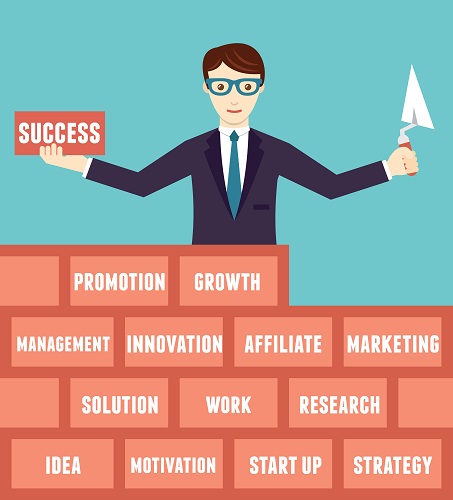




 So far, Criminals behind WannaCry Ransomware have received nearly 100 payments from victims, in 28.56Bitcoins = $49,603.
So far, Criminals behind WannaCry Ransomware have received nearly 100 payments from victims, in 28.56Bitcoins = $49,603.








